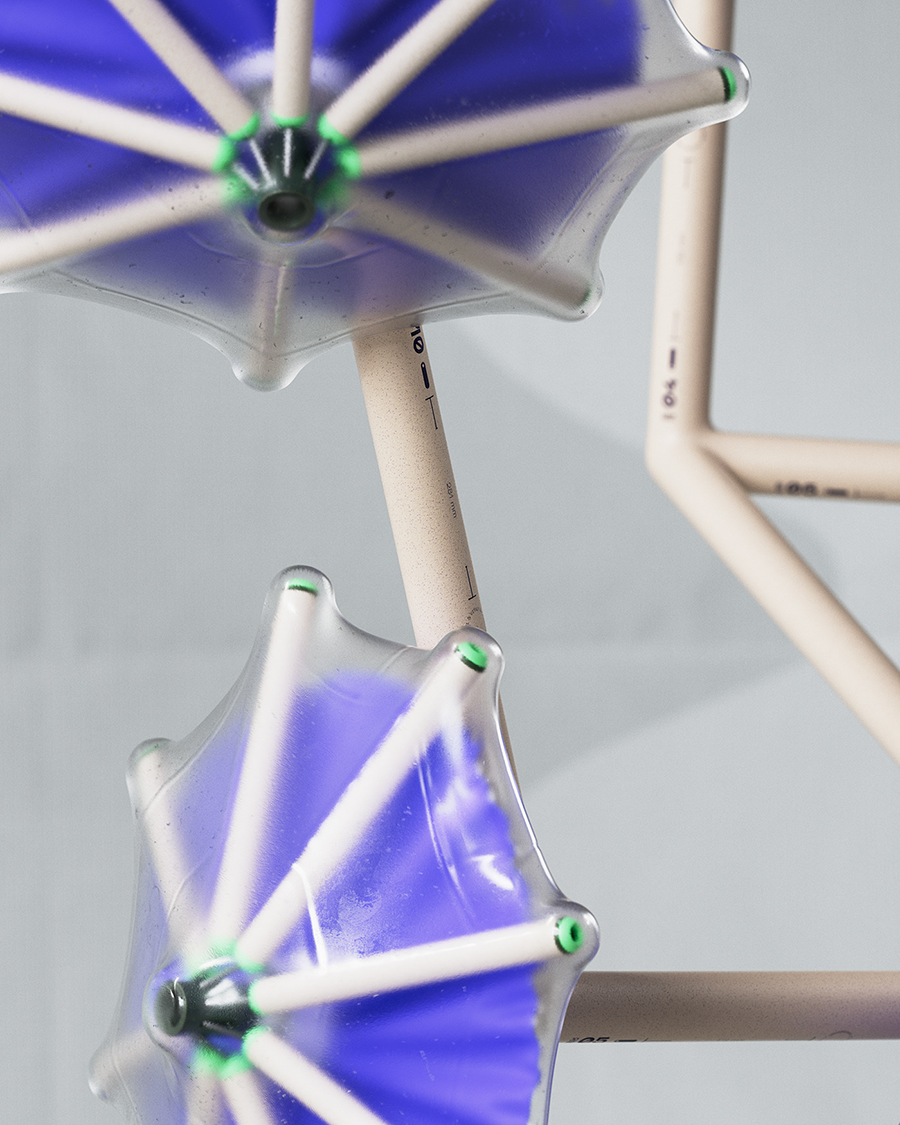
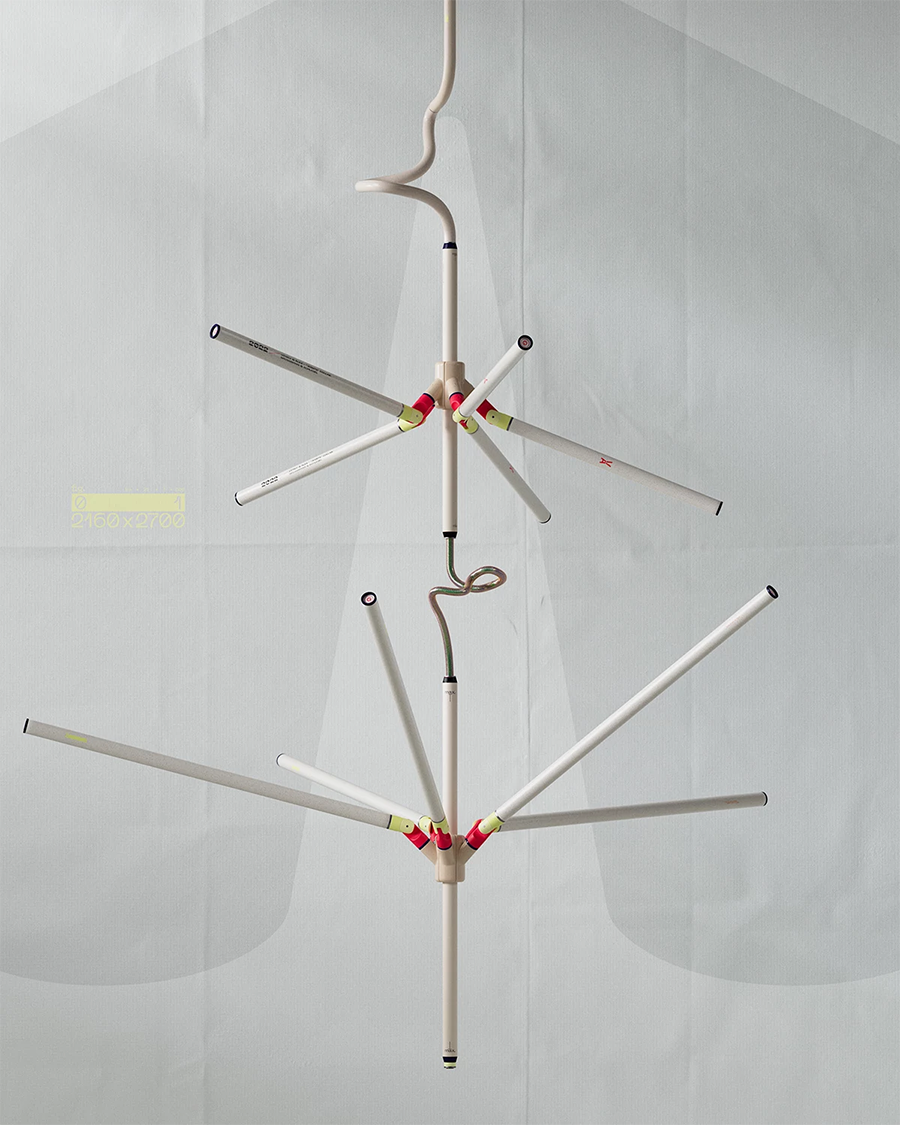
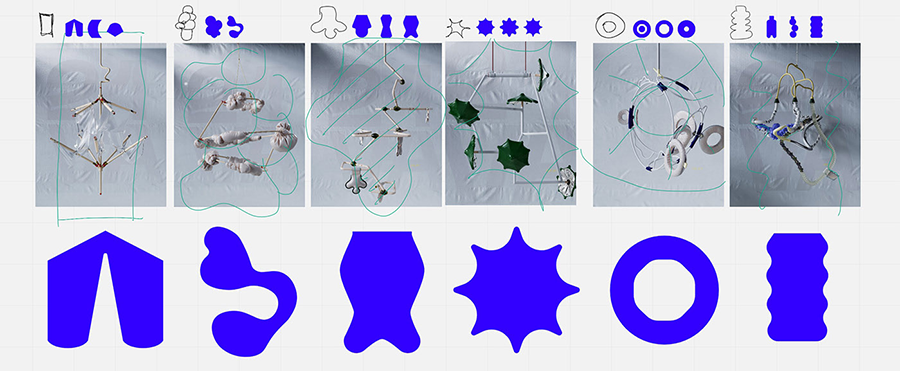
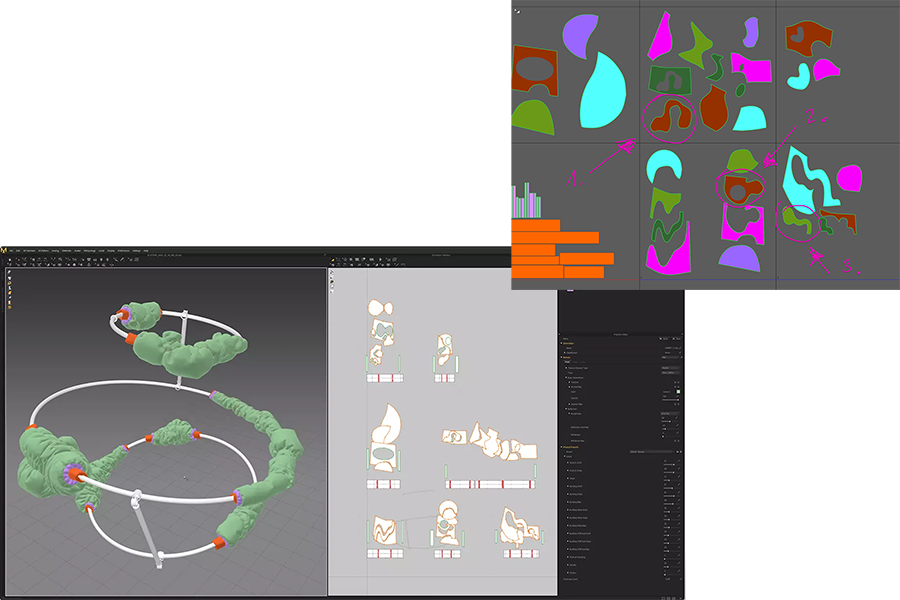
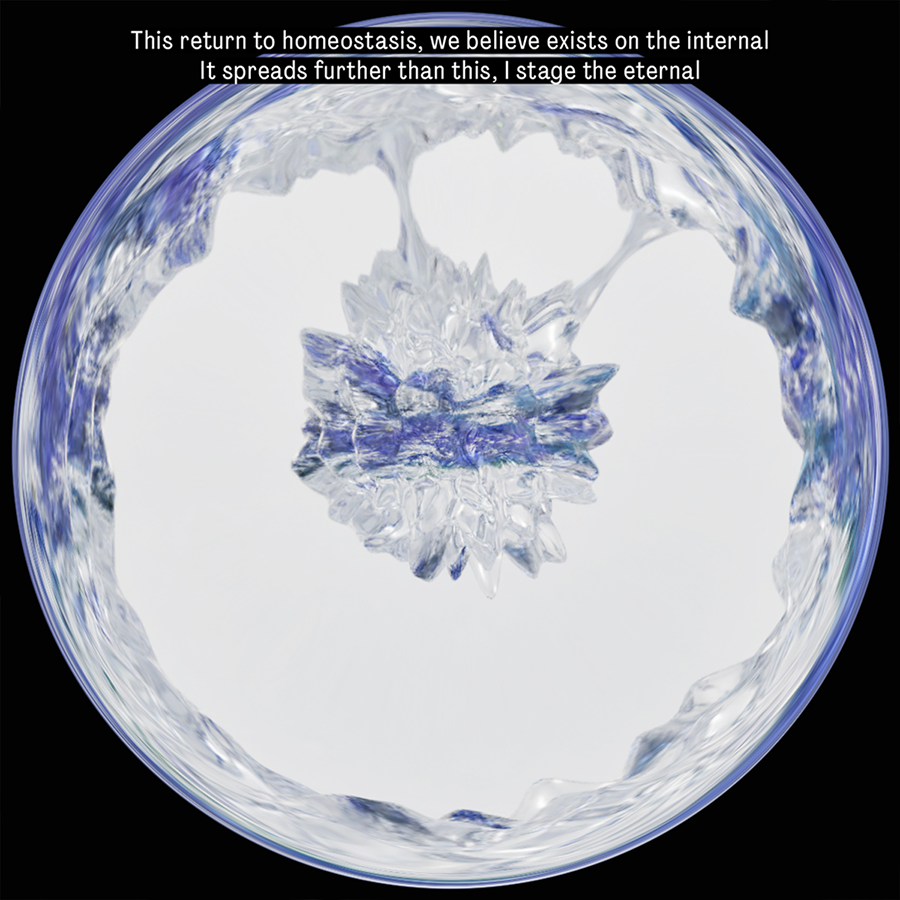
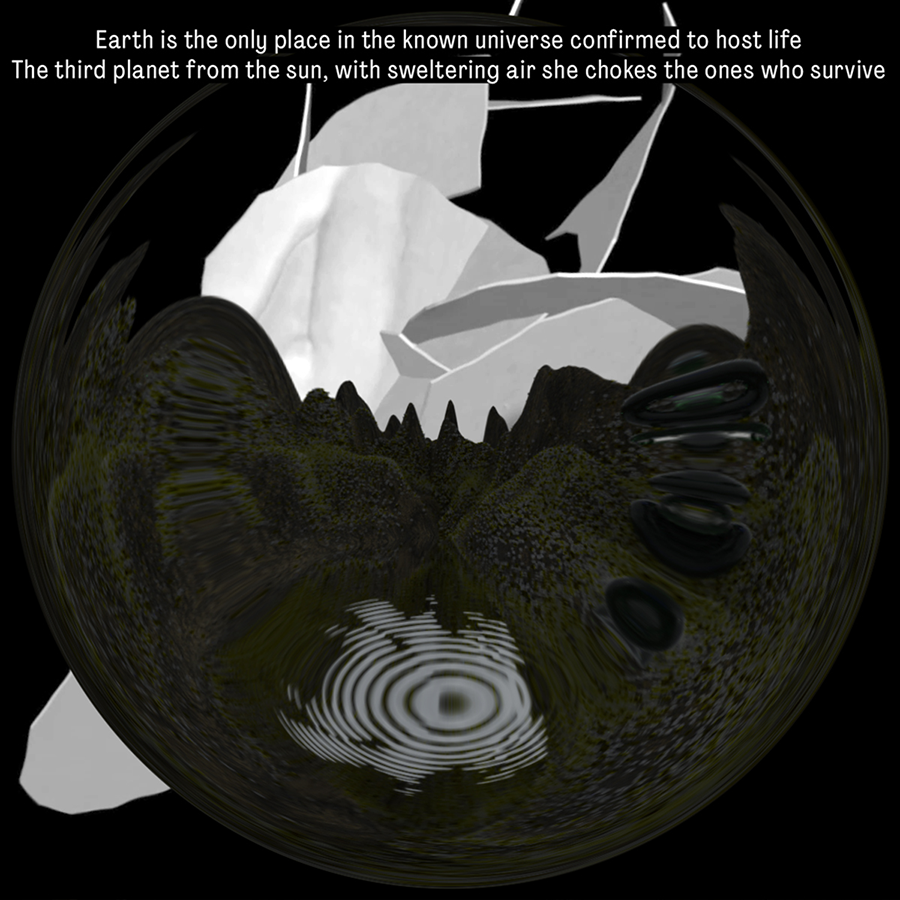
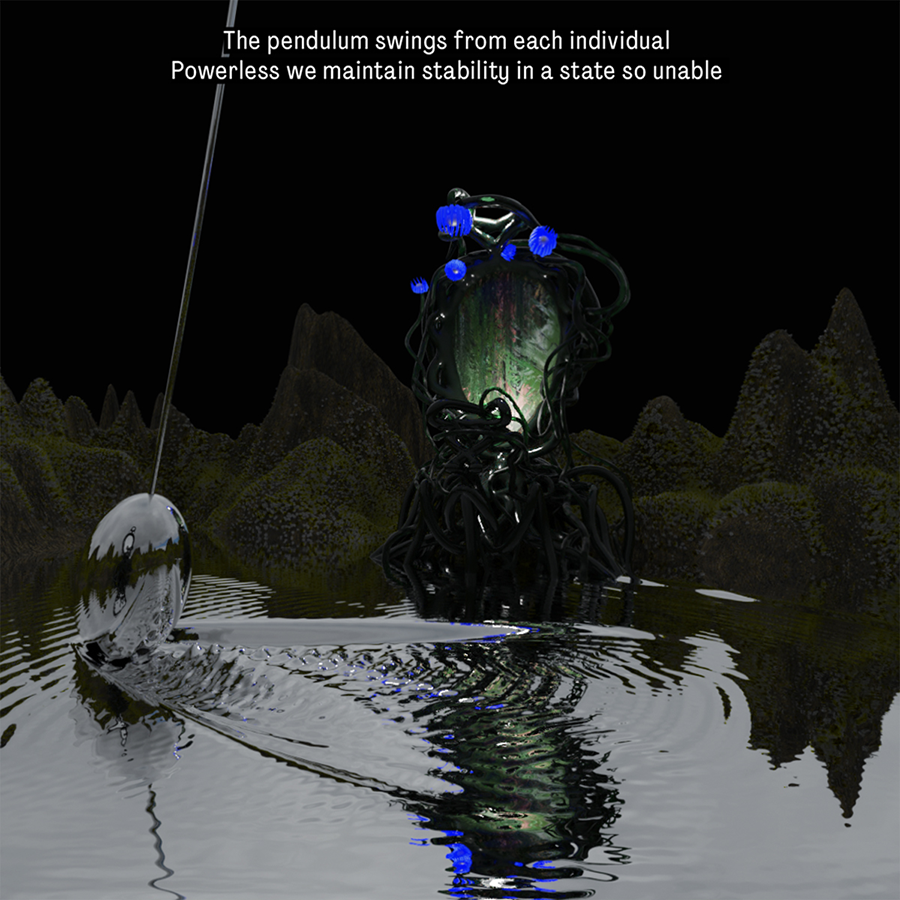
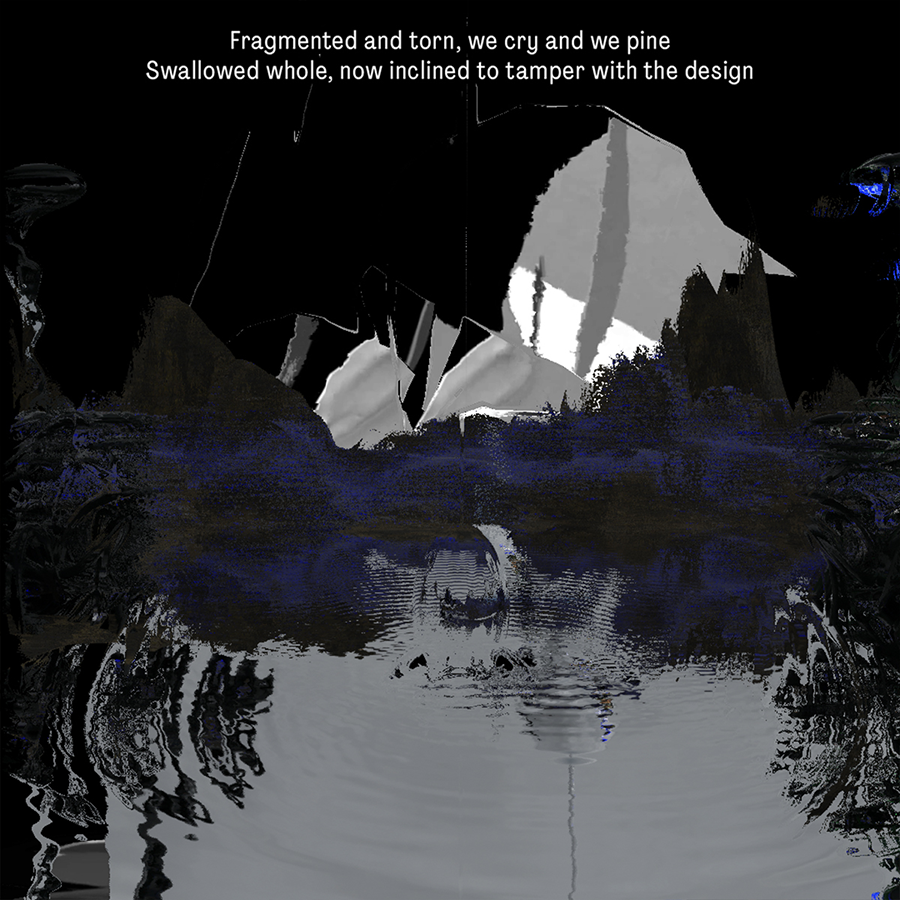
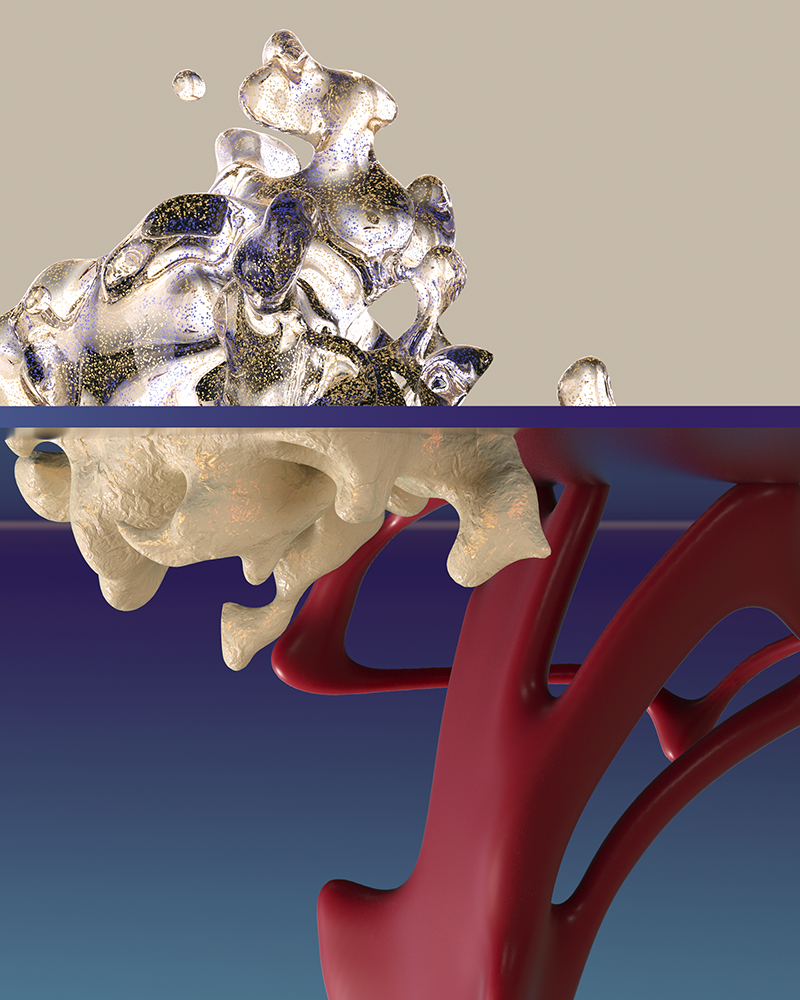
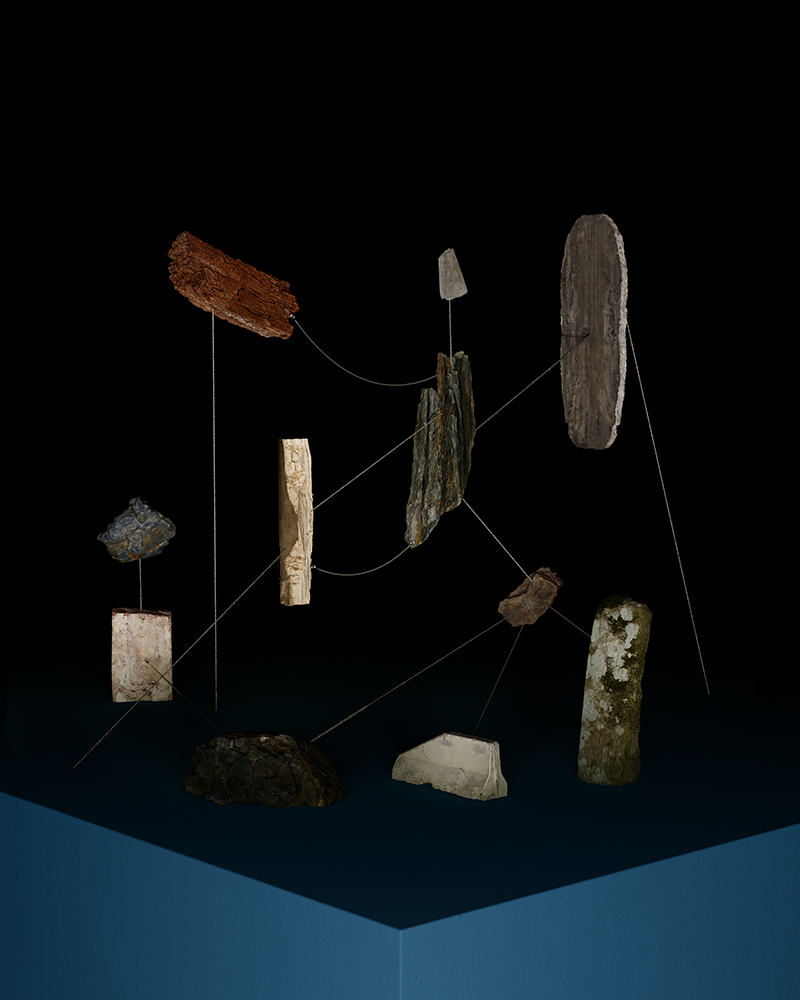
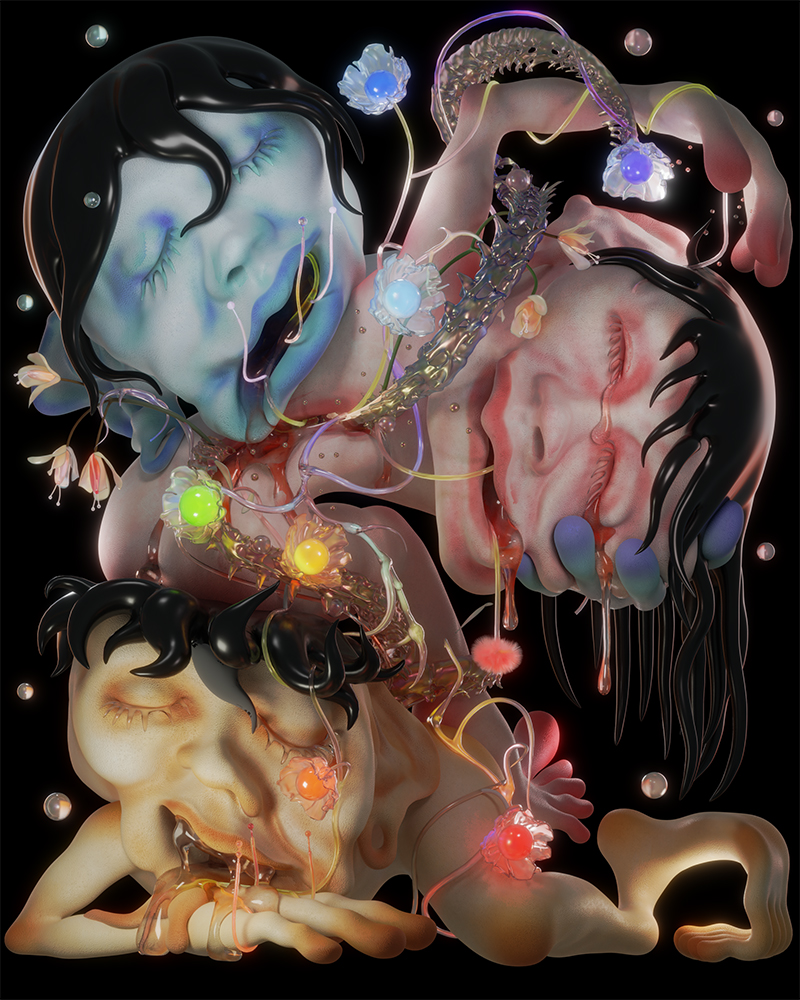
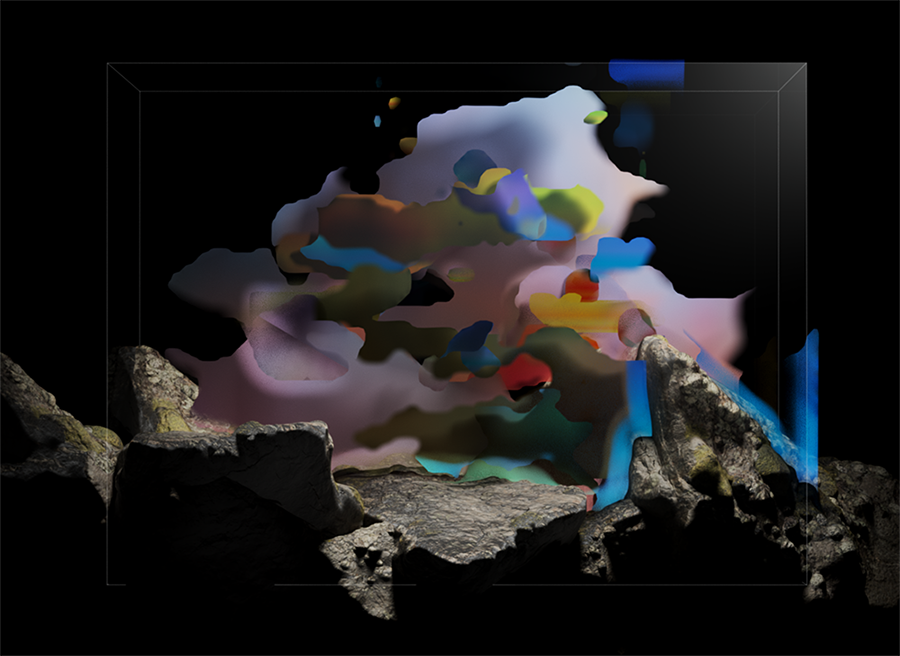
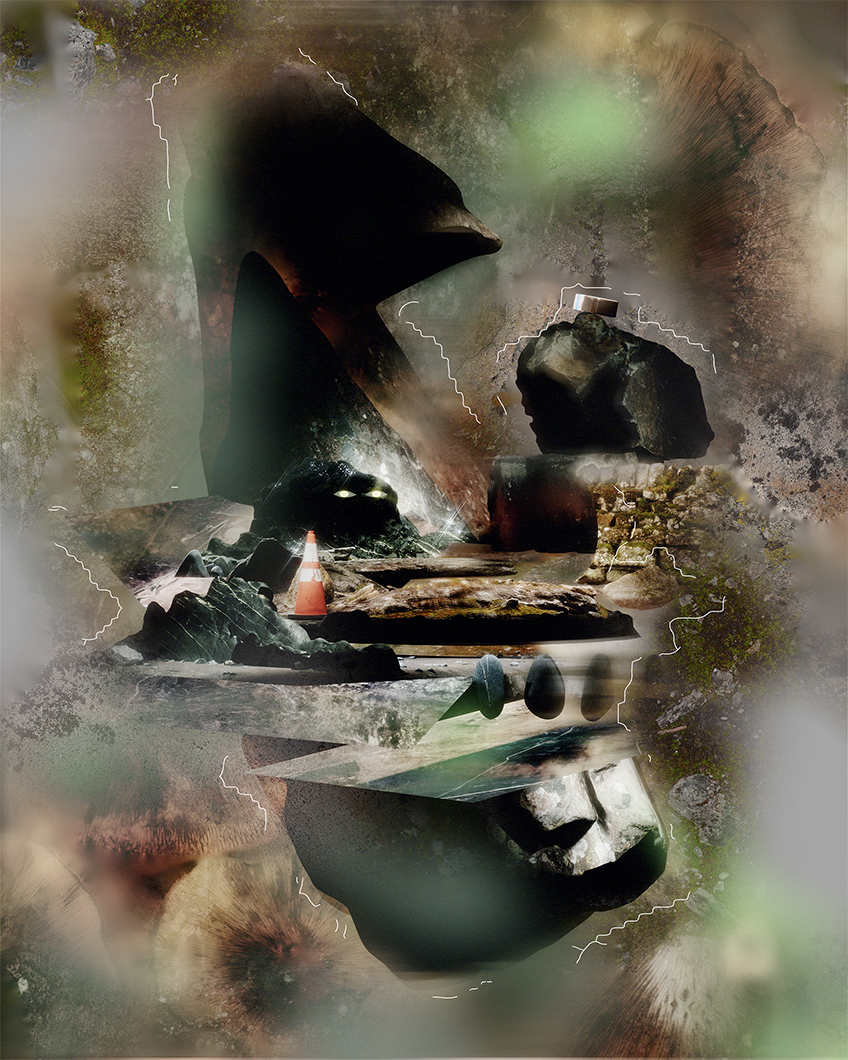
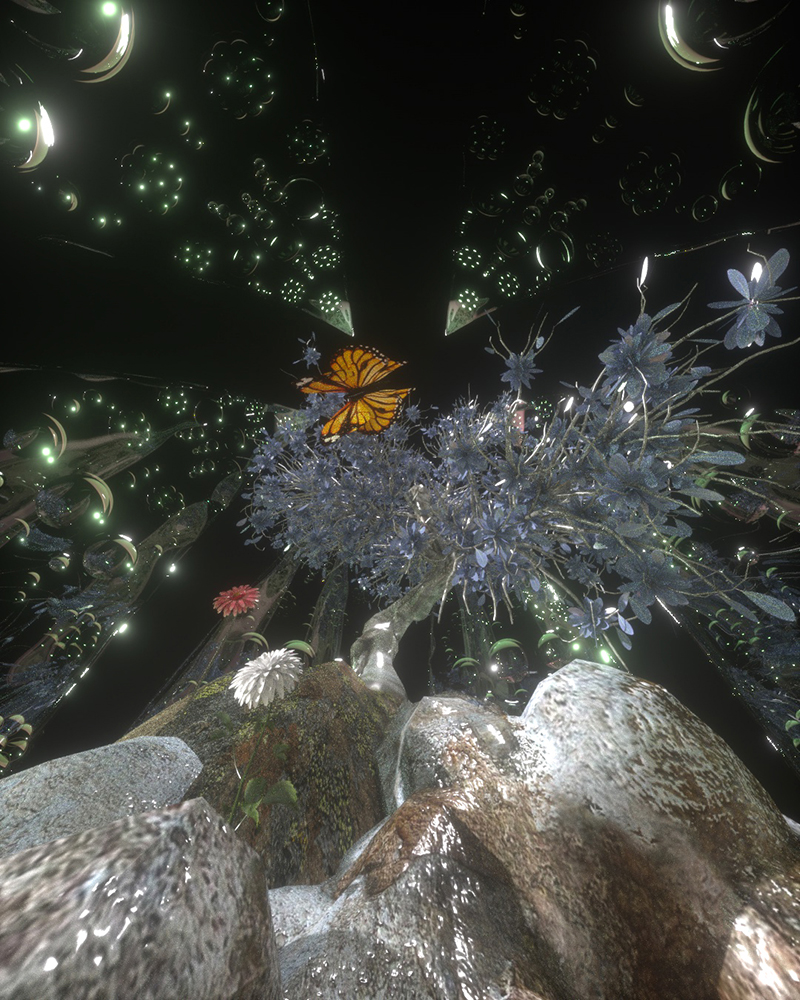
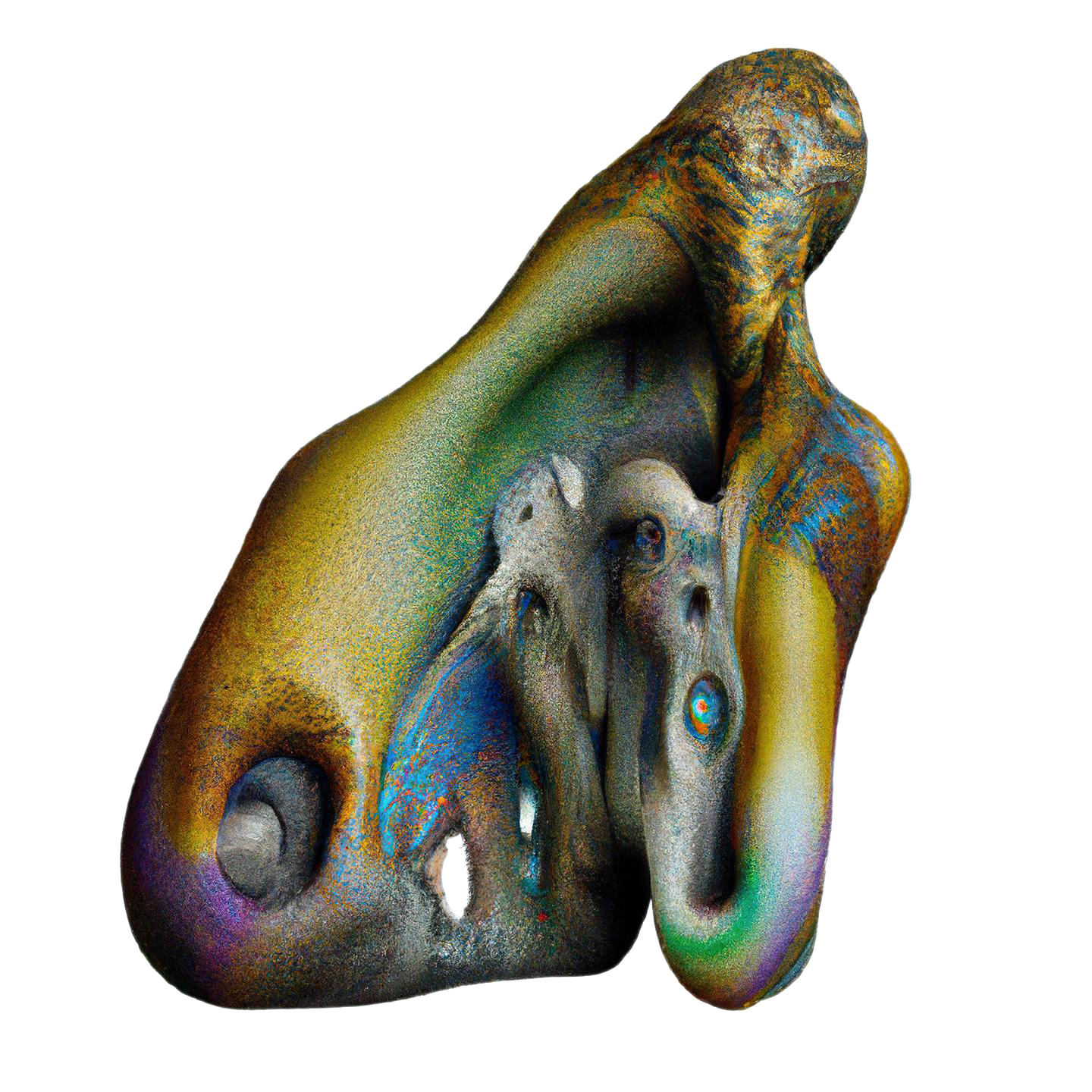
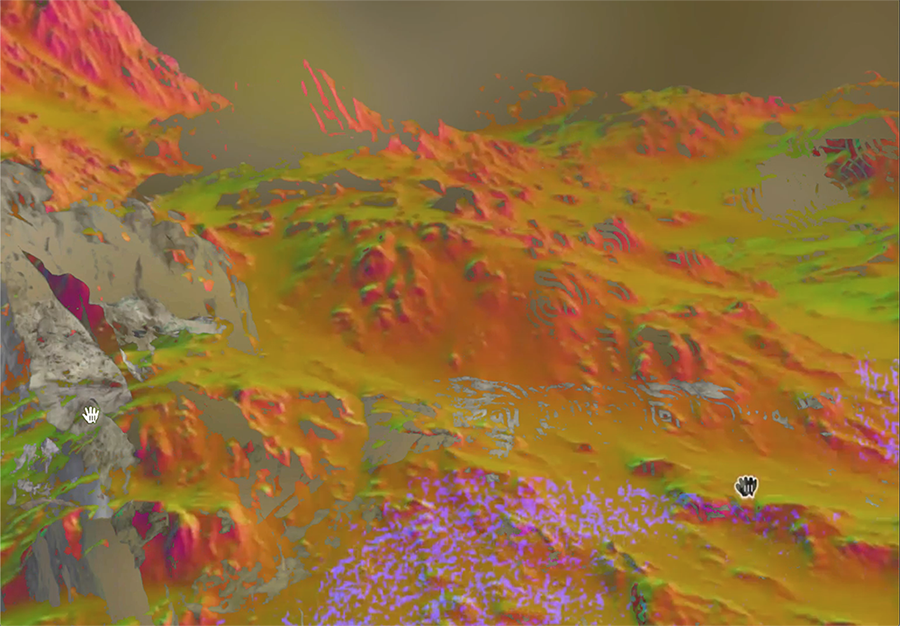
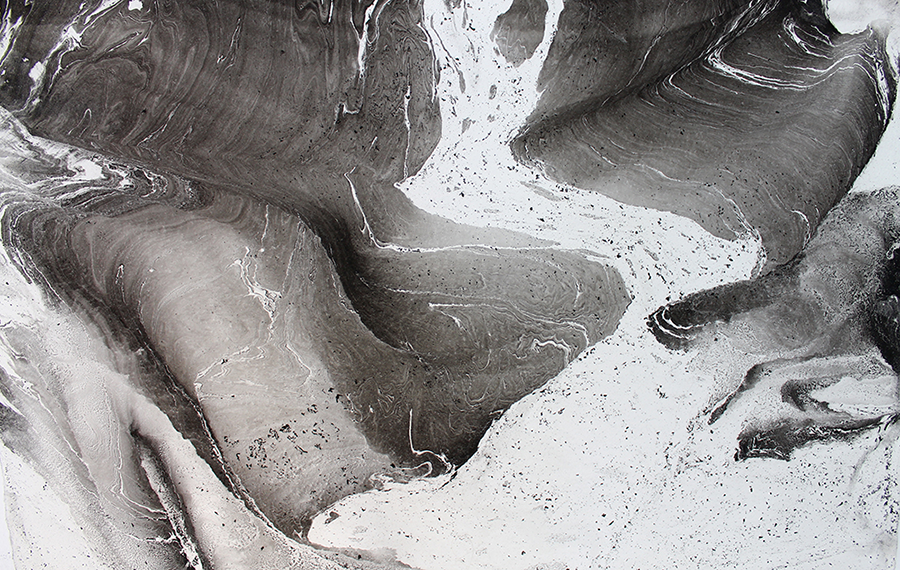
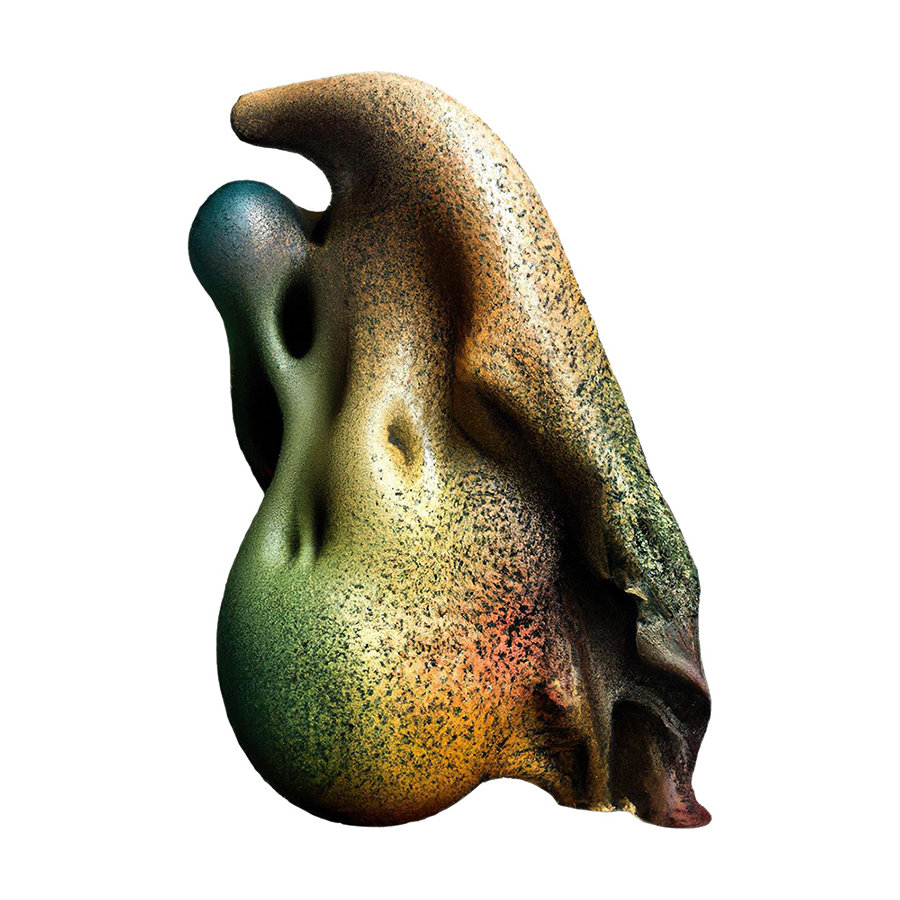
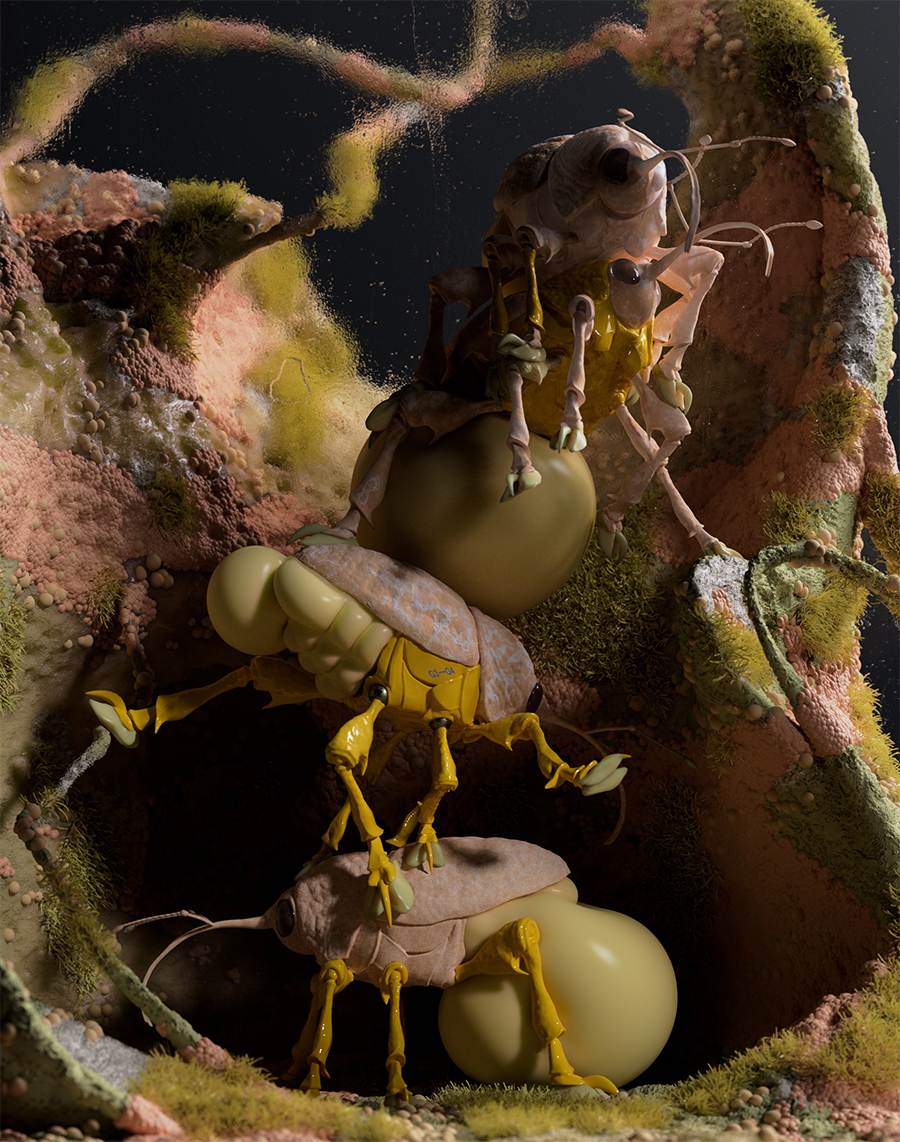
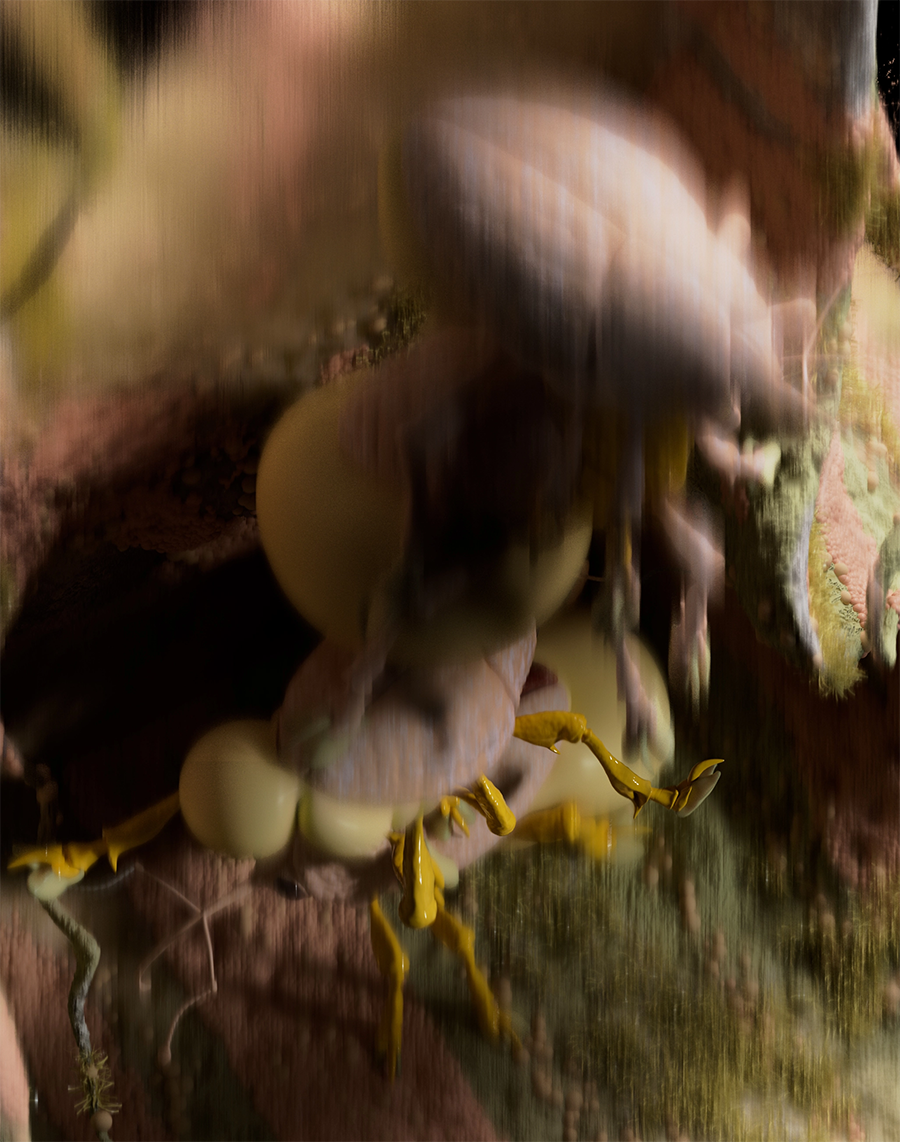
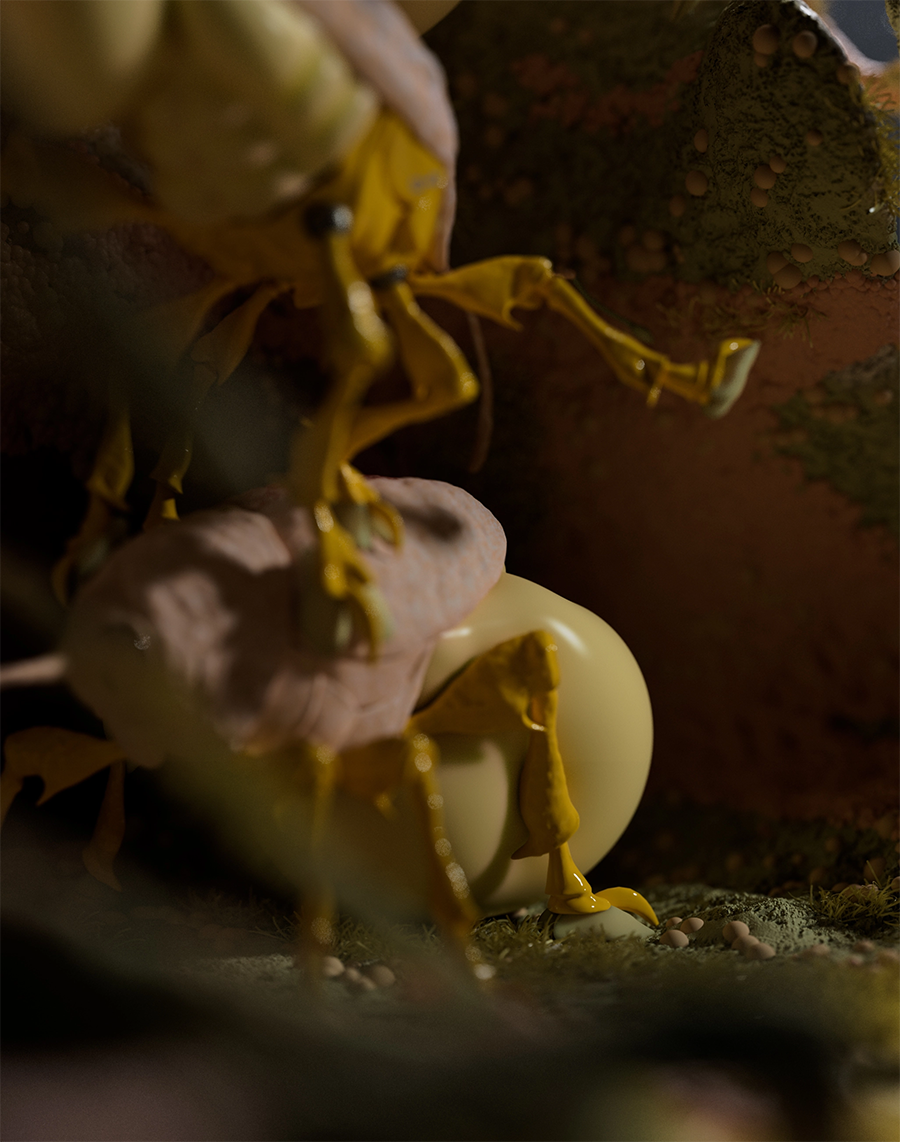
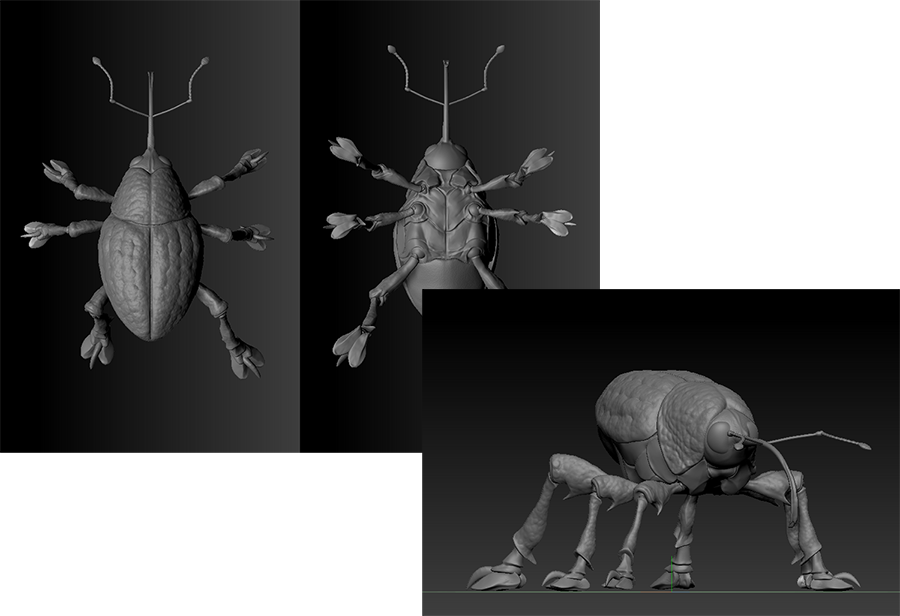
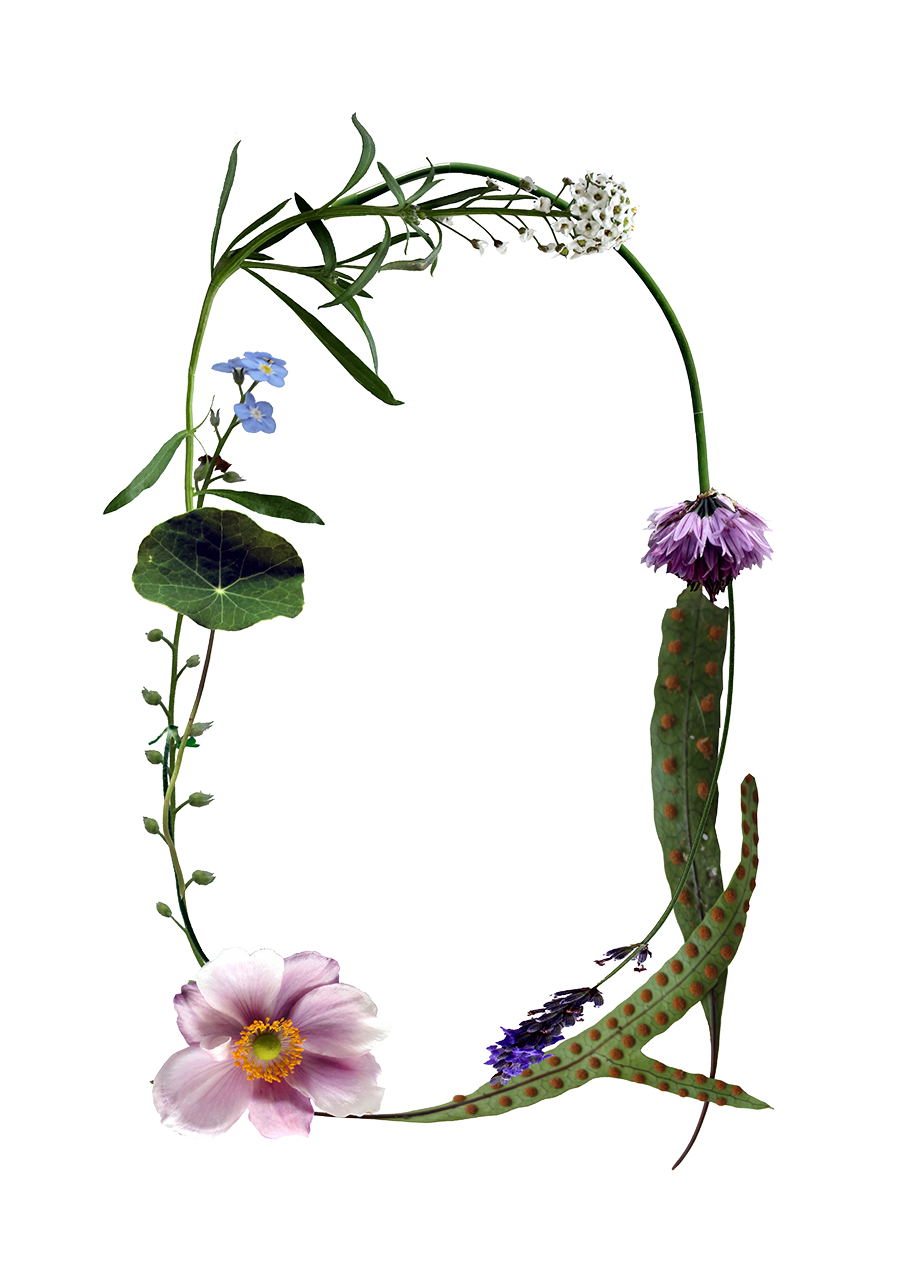
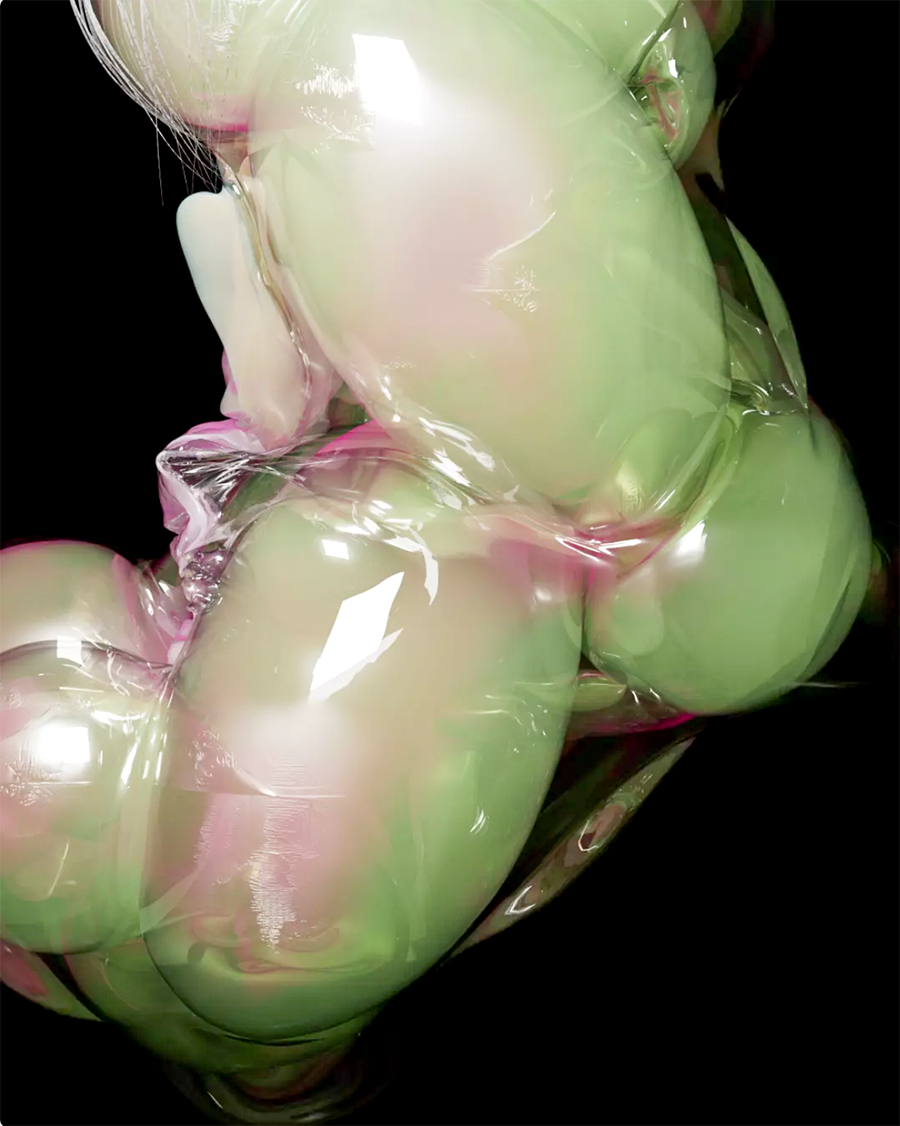
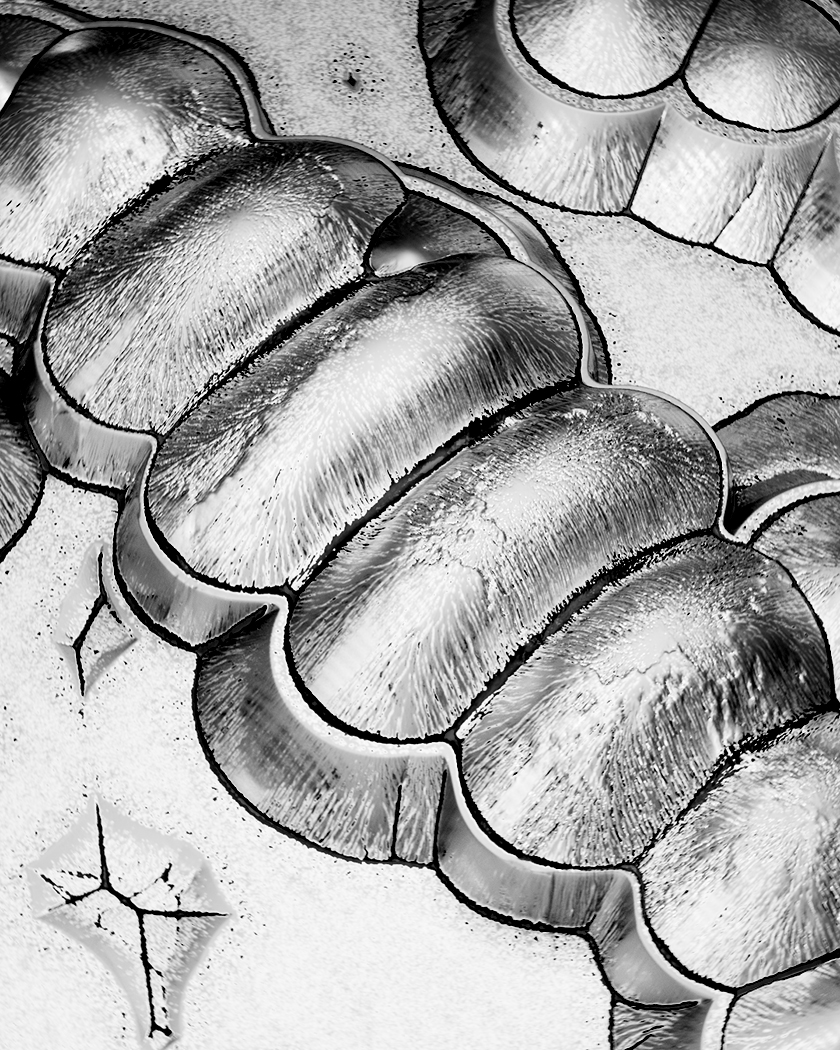
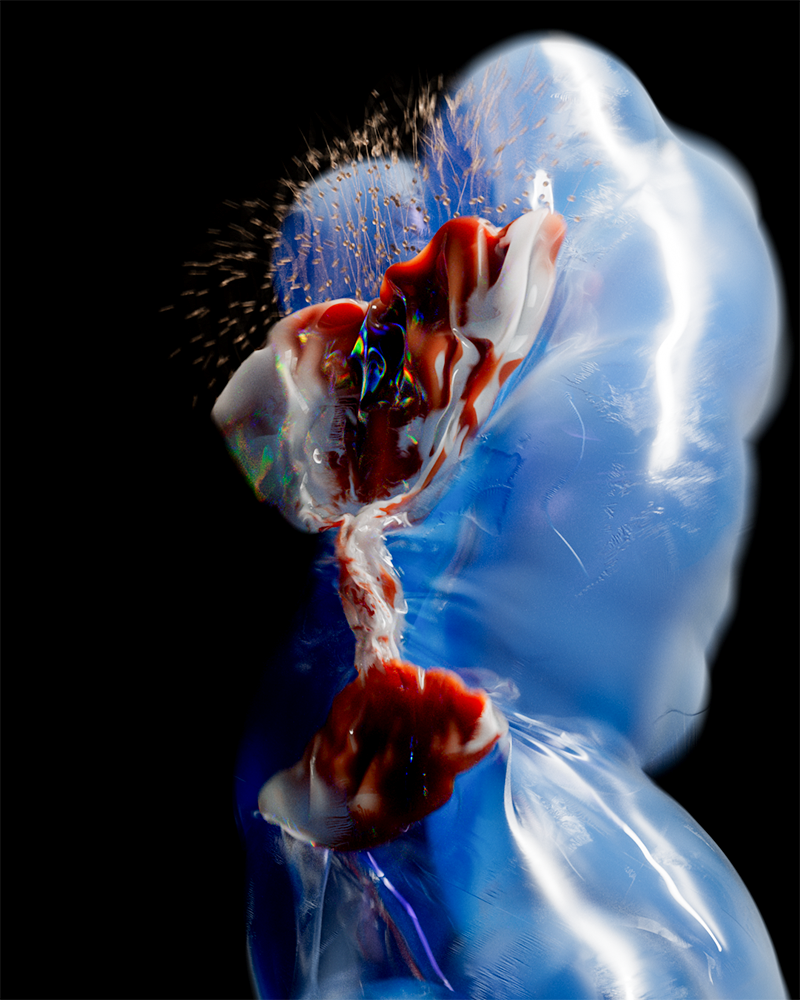
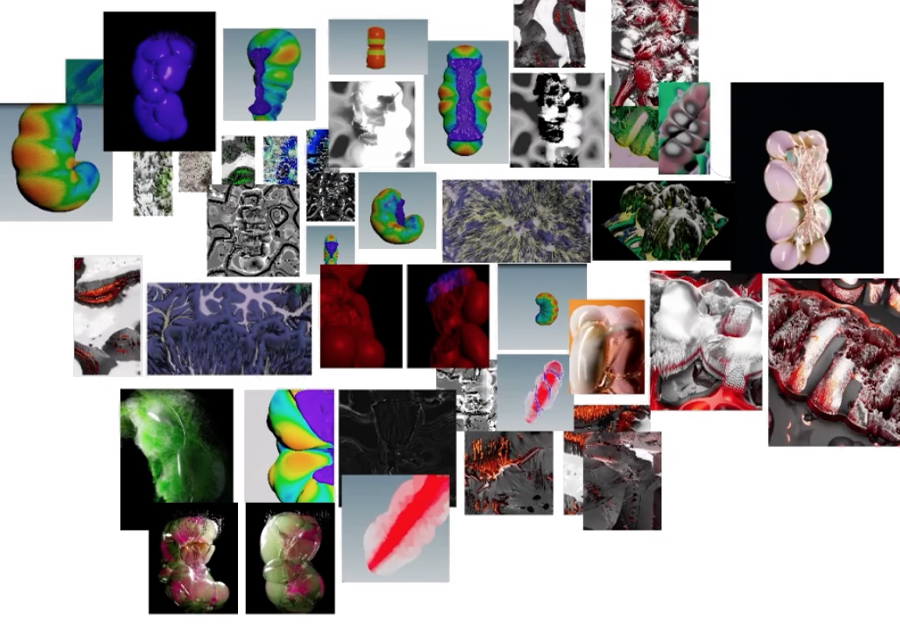
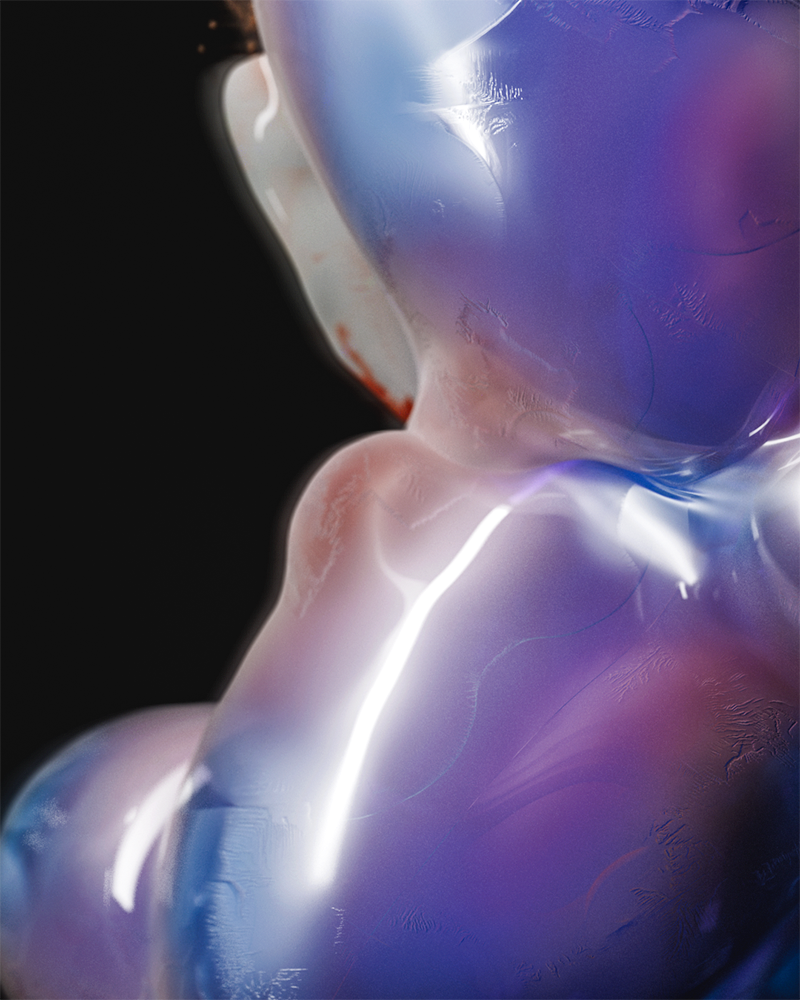
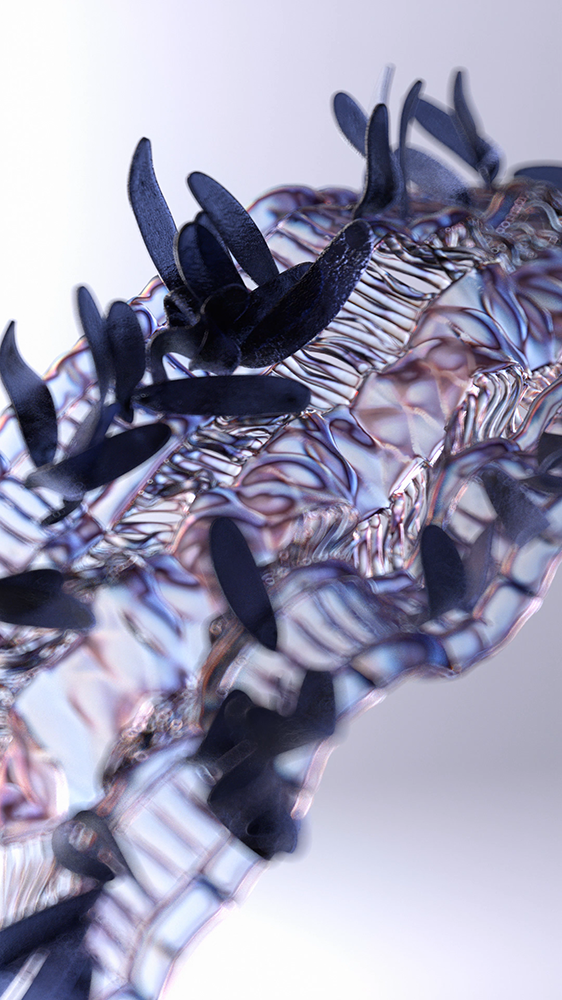
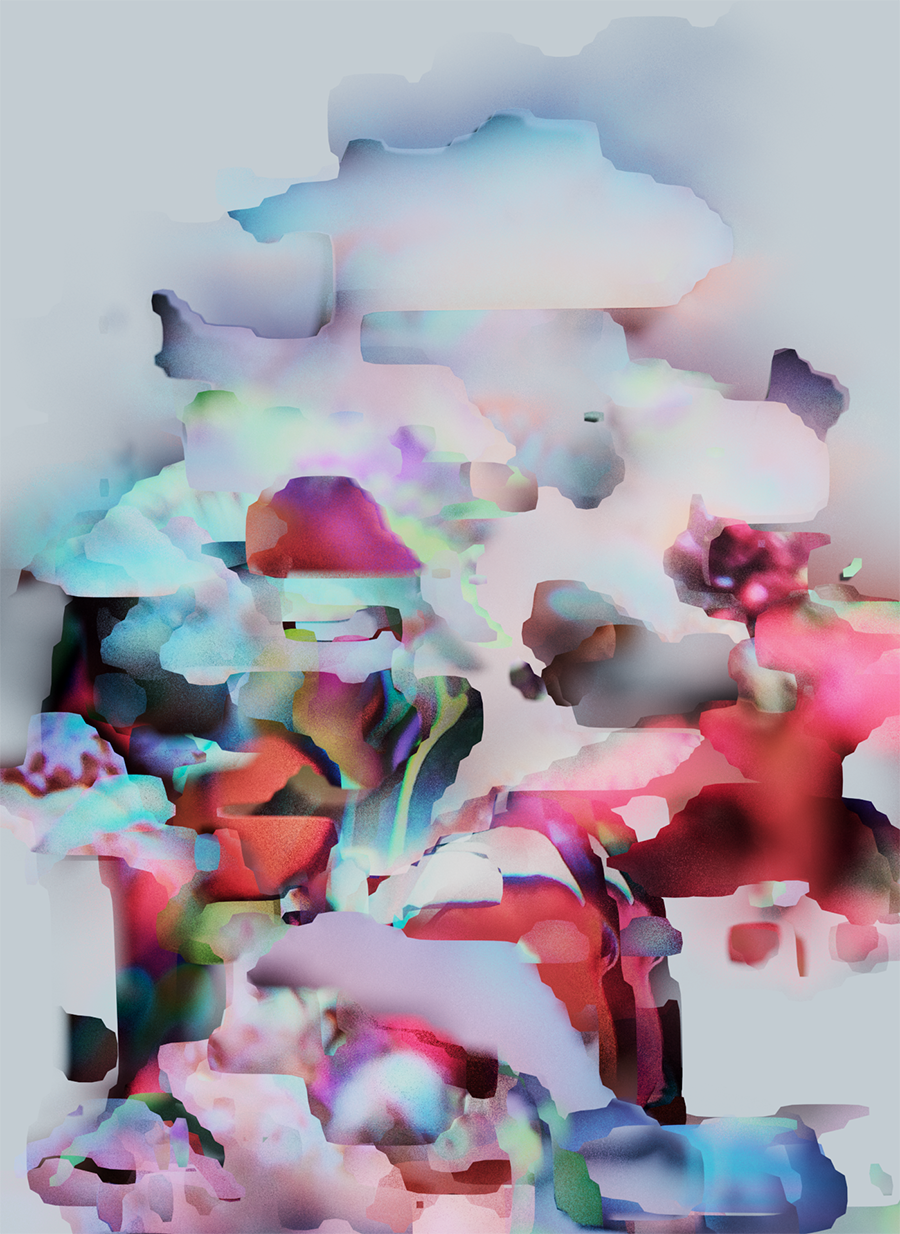
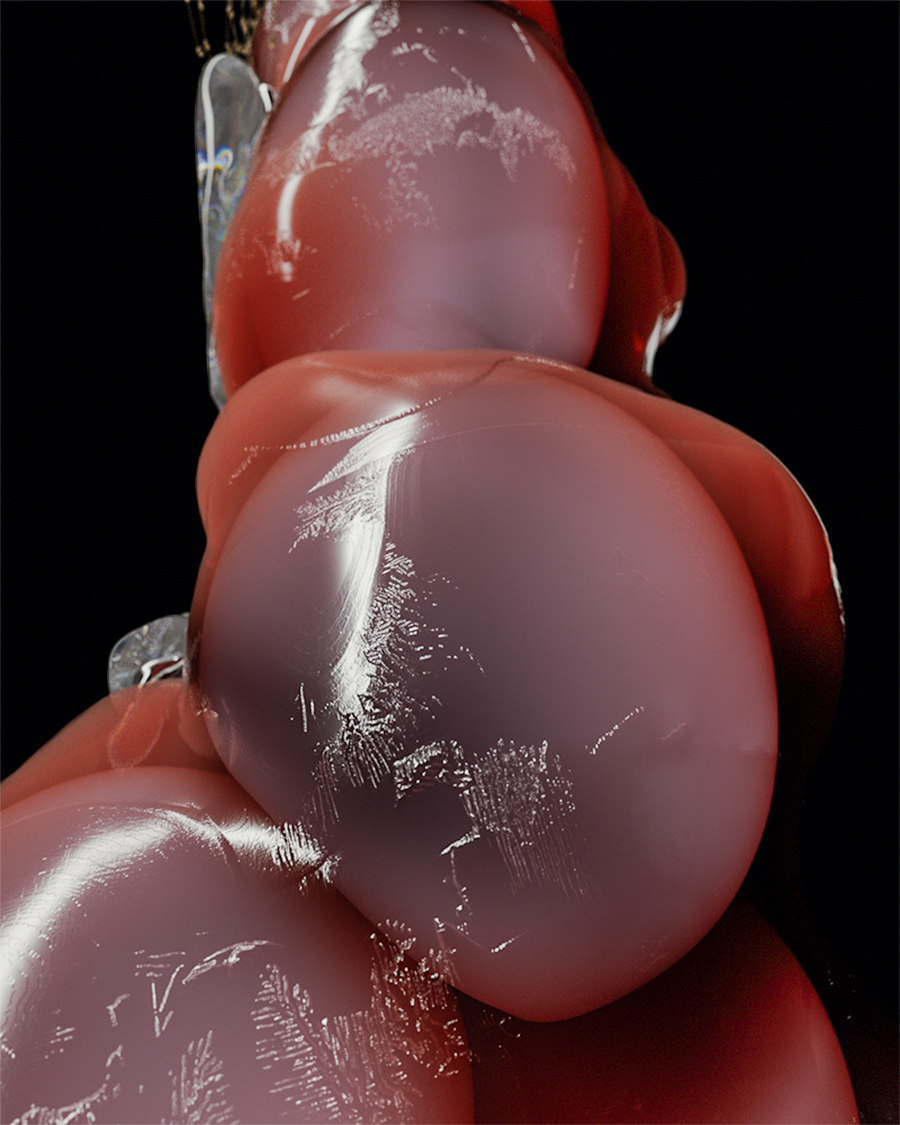
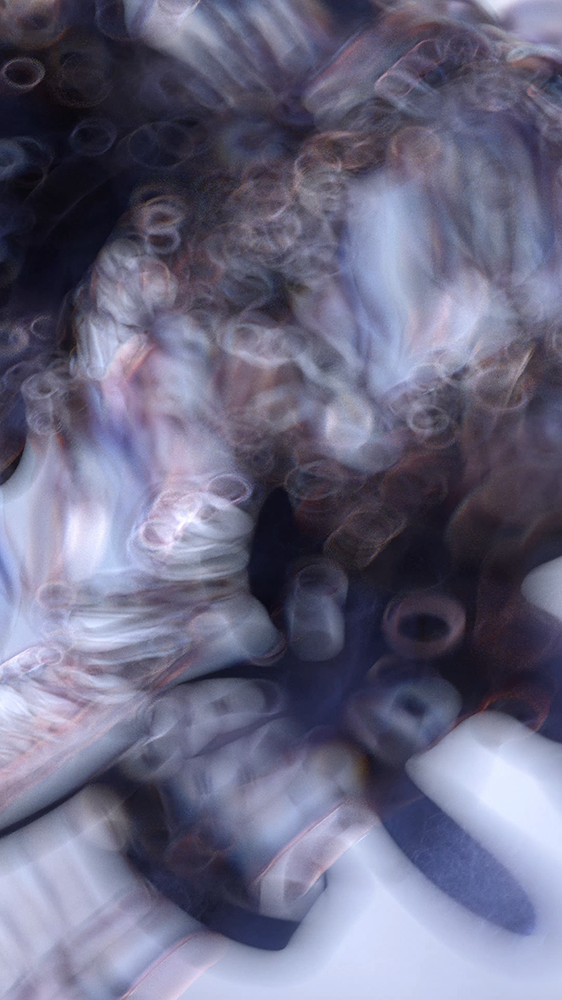
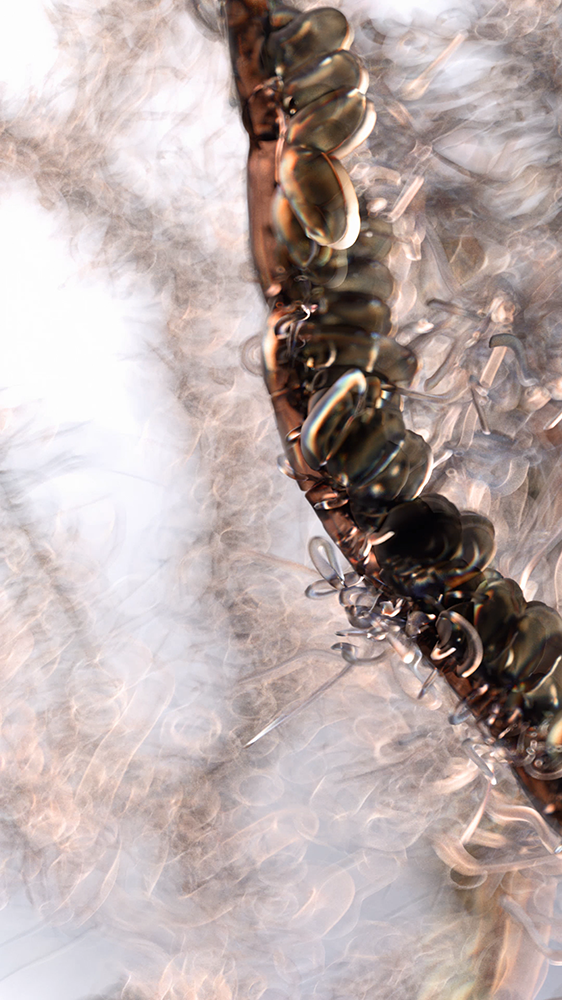
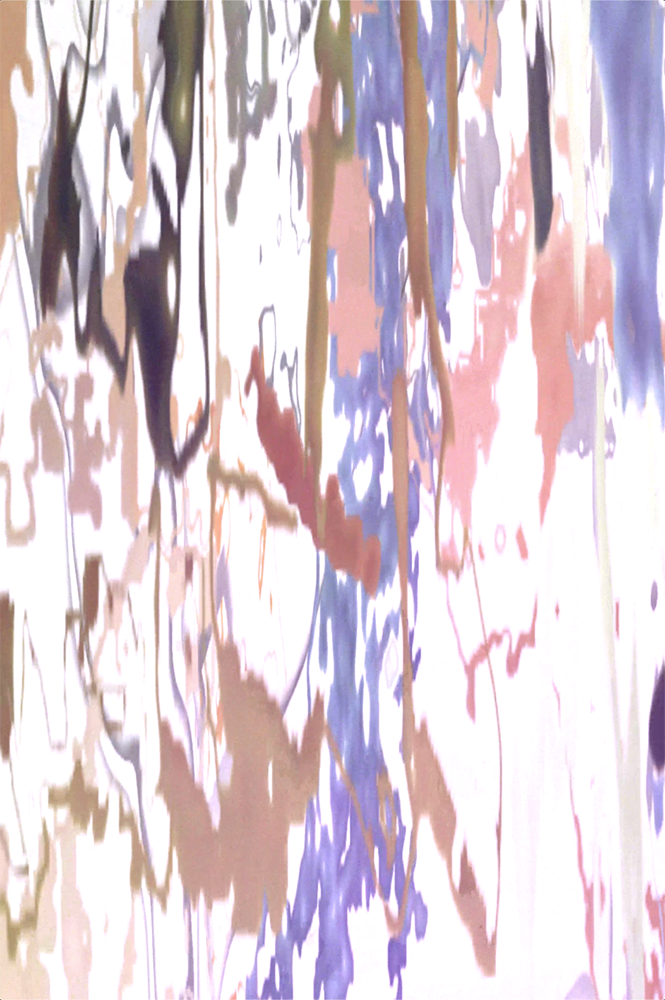
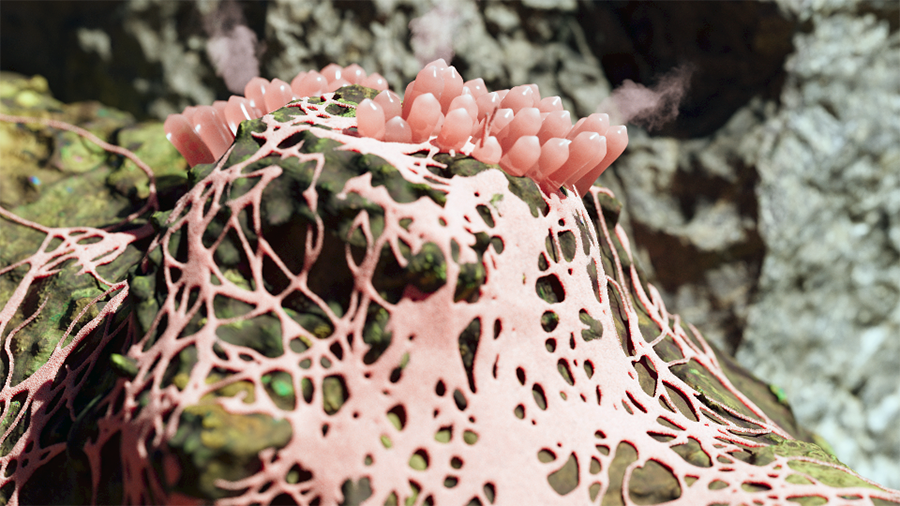
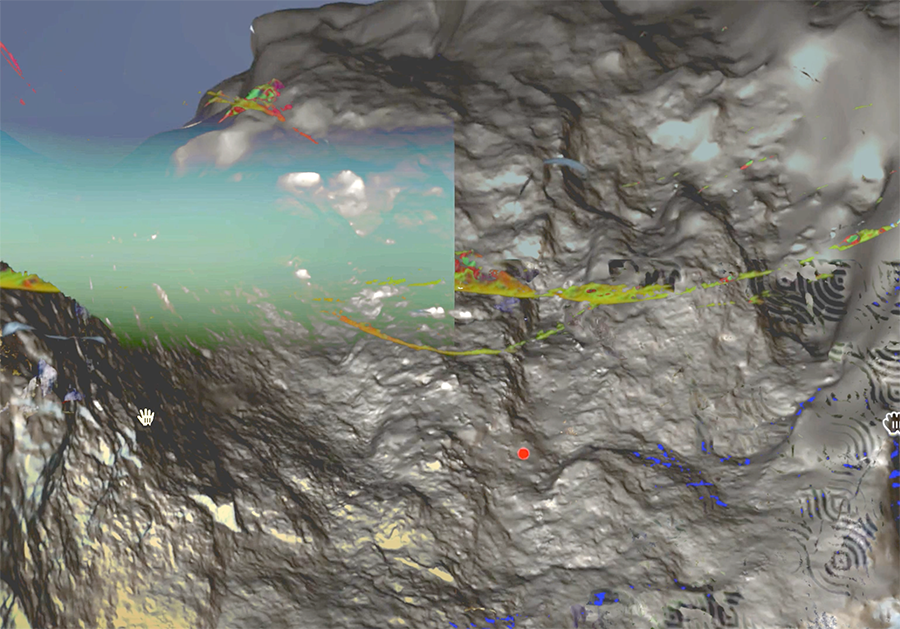
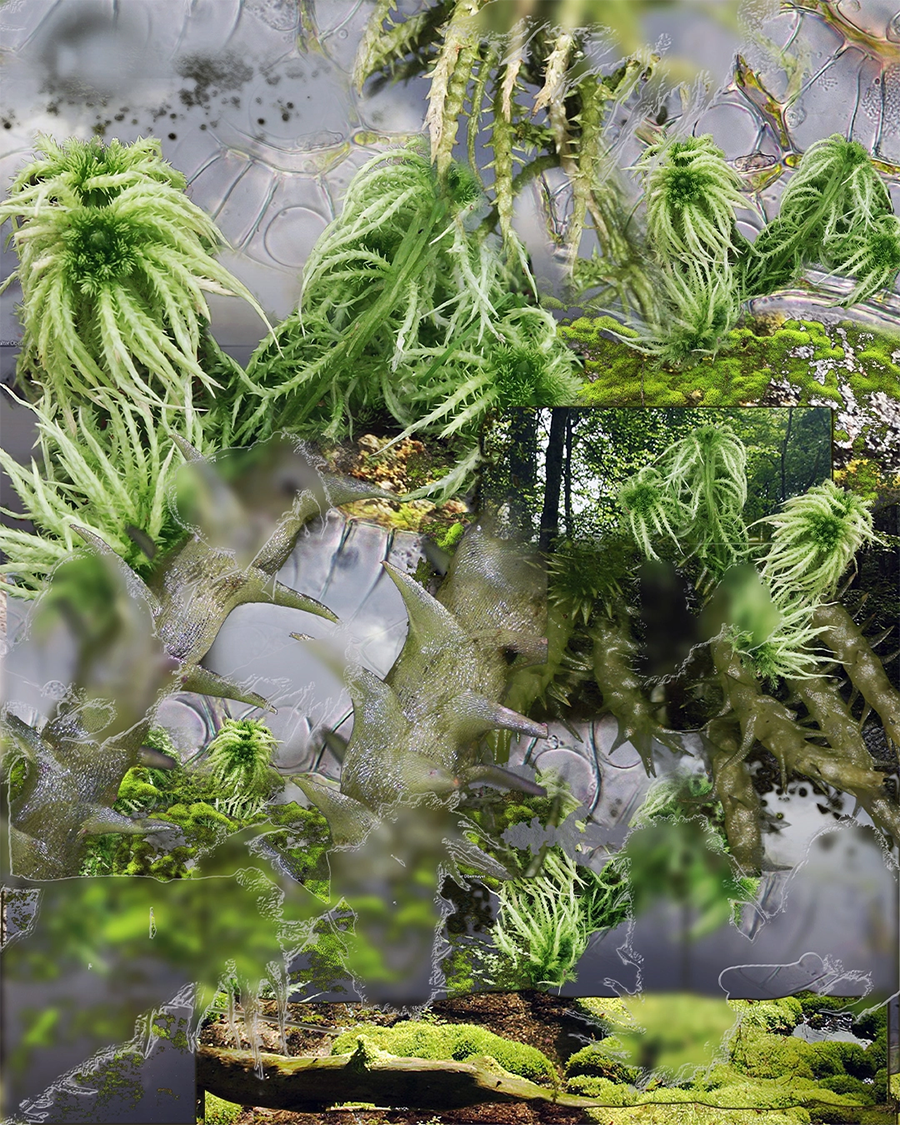
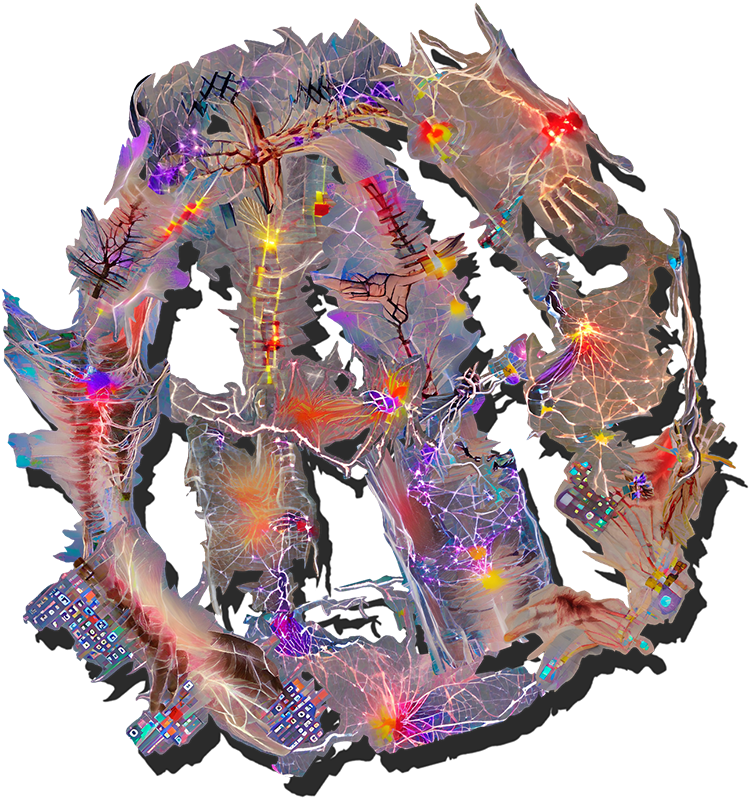
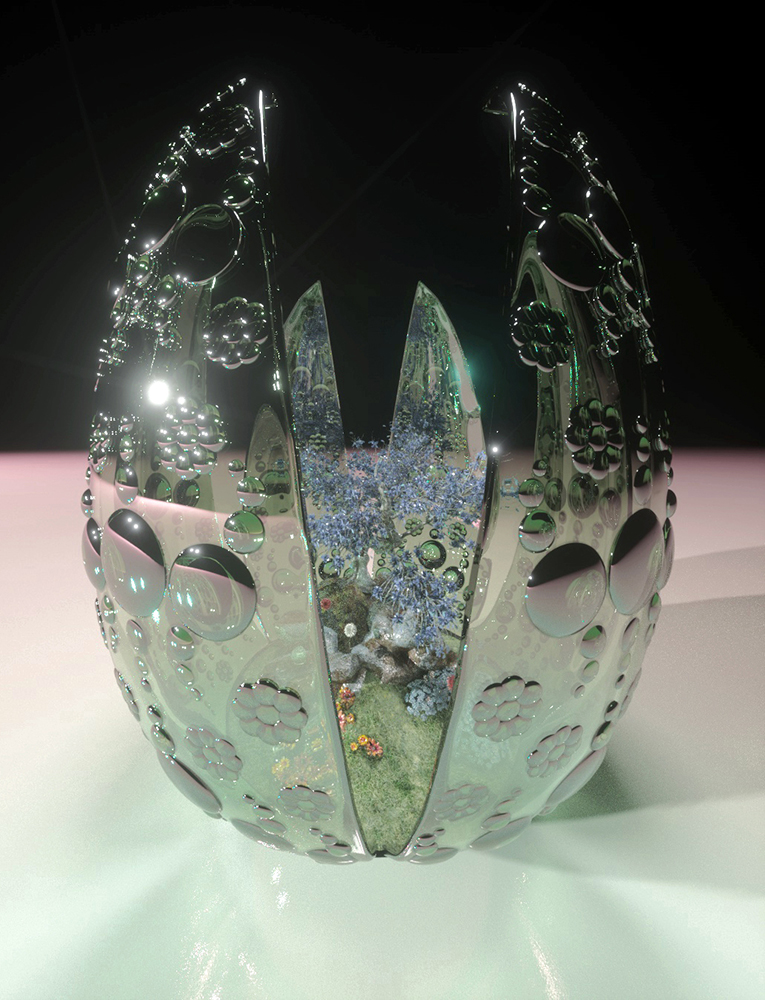
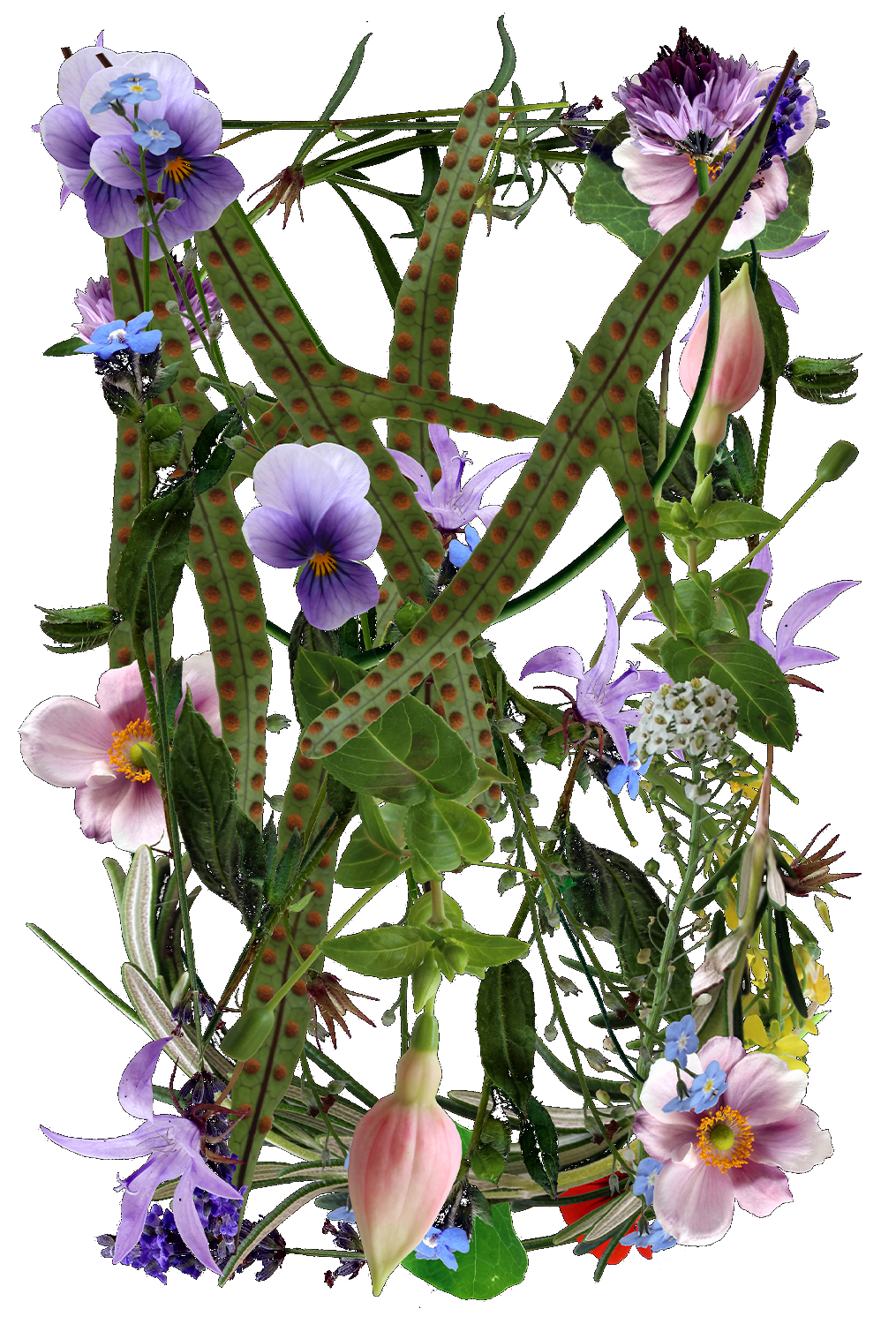
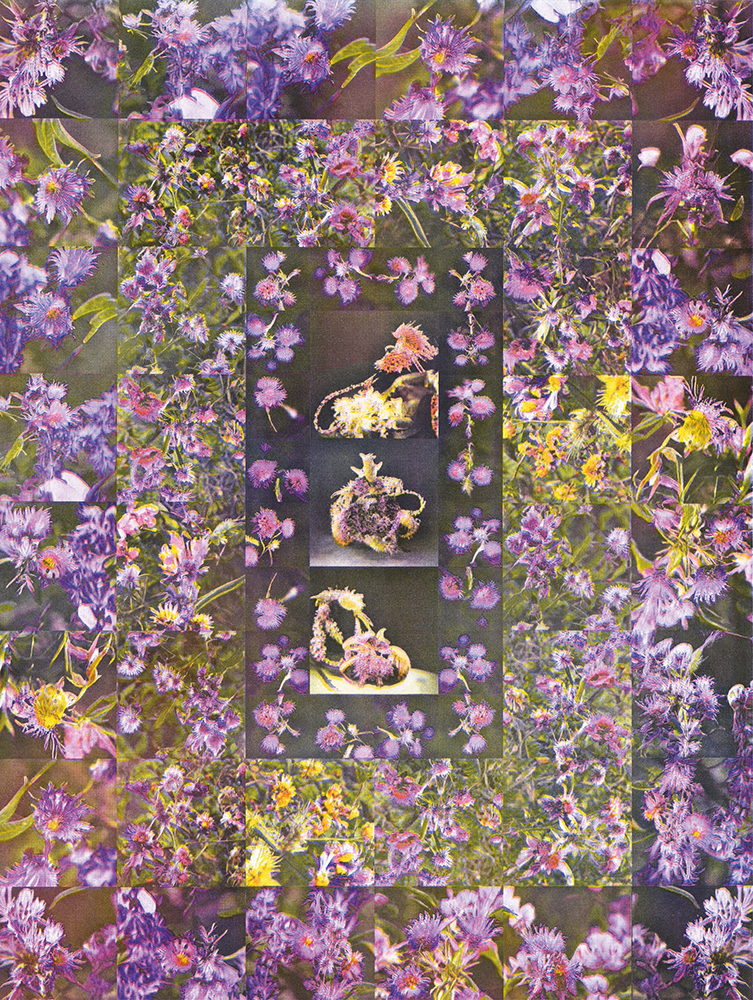
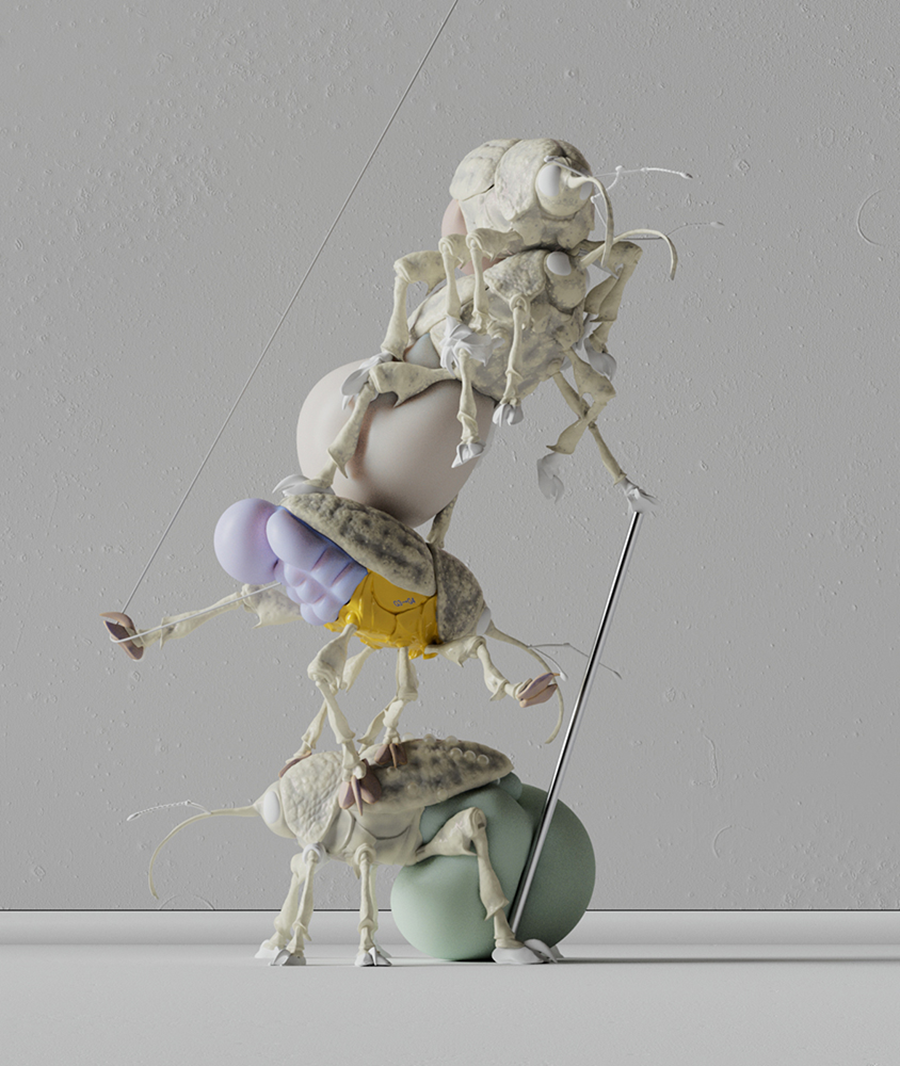 ;
;
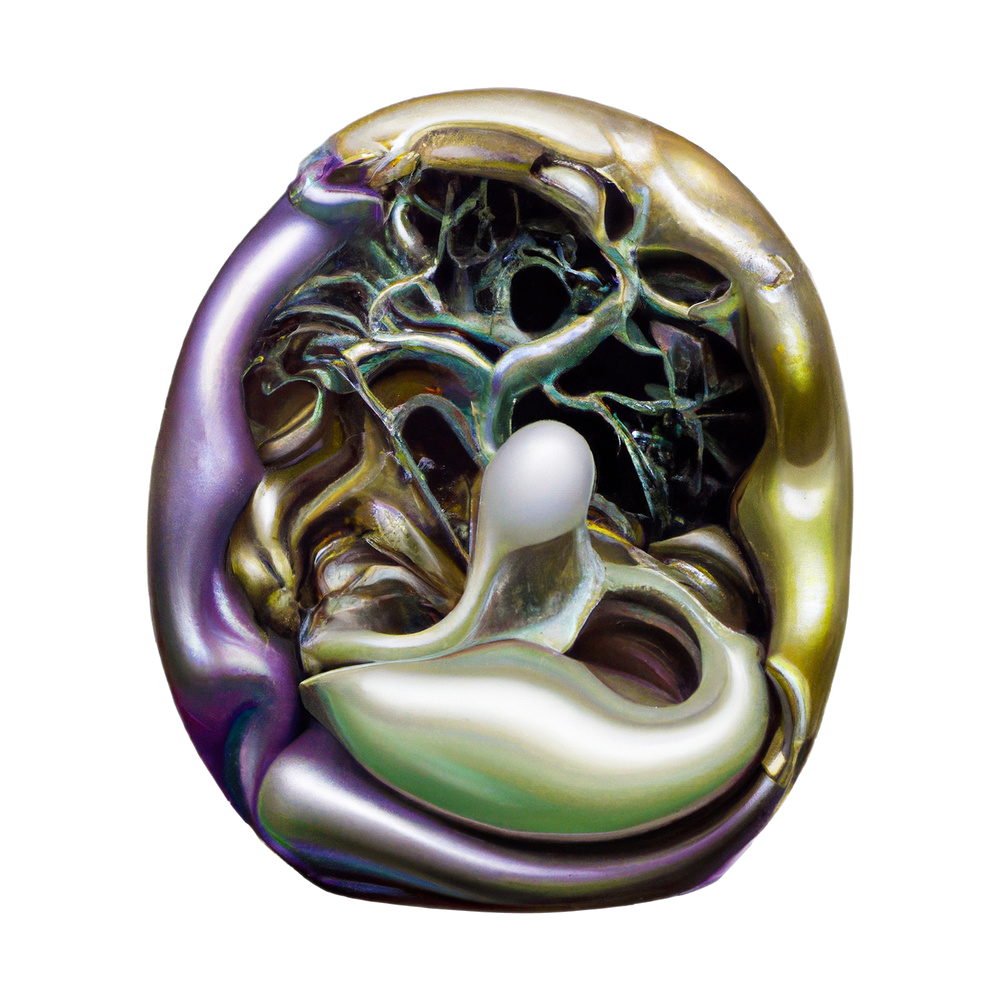
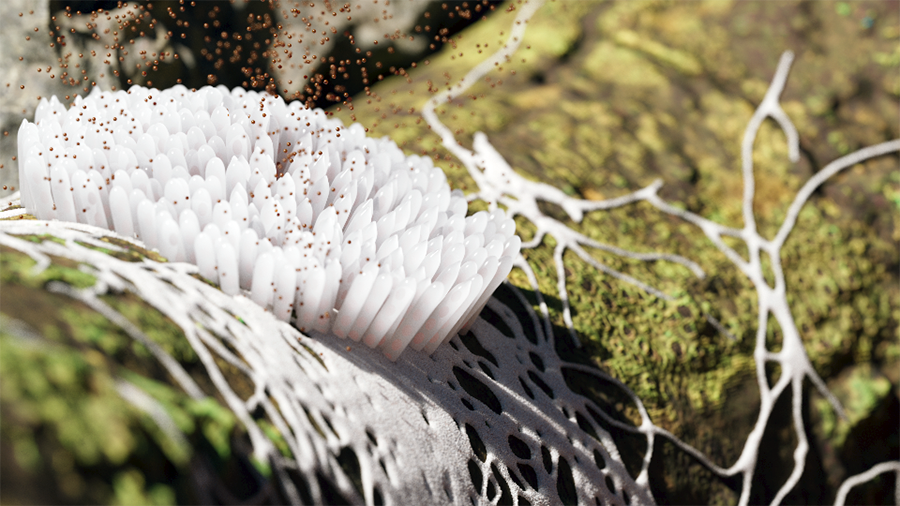
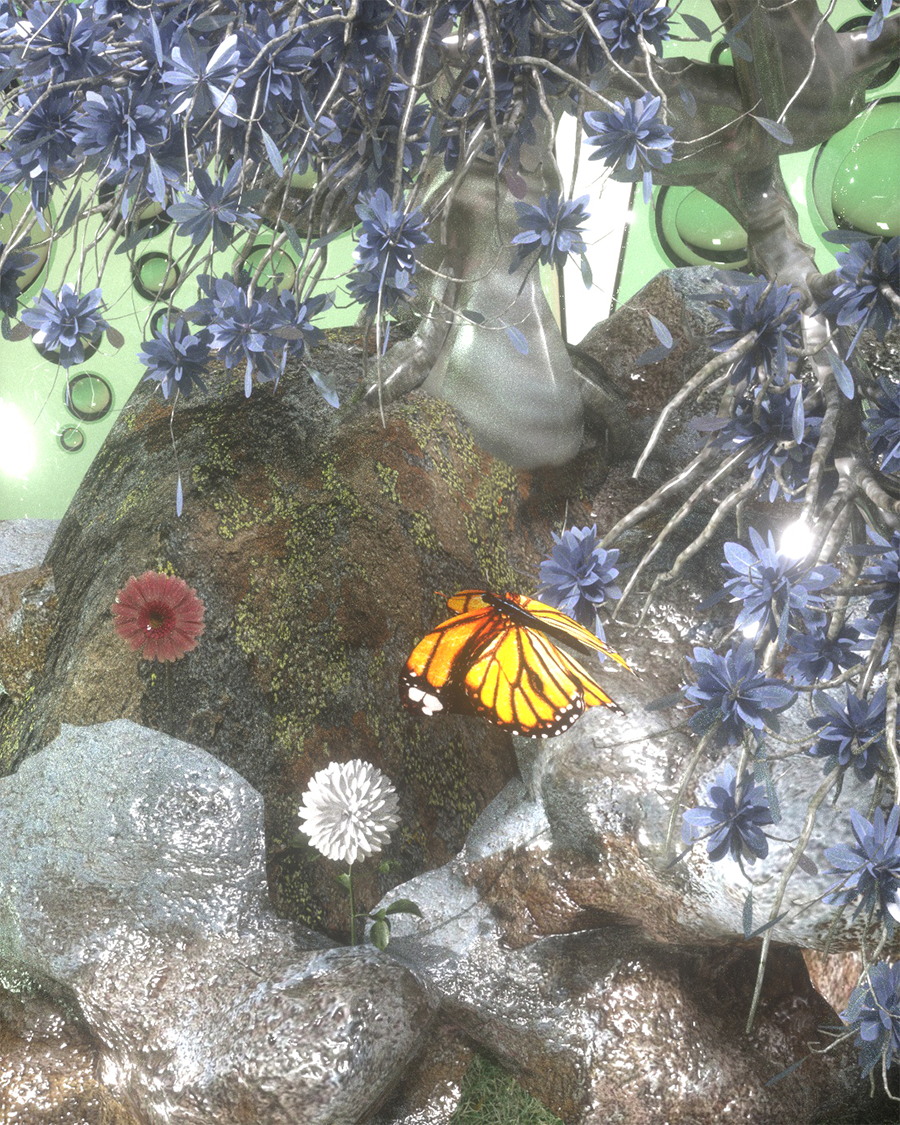
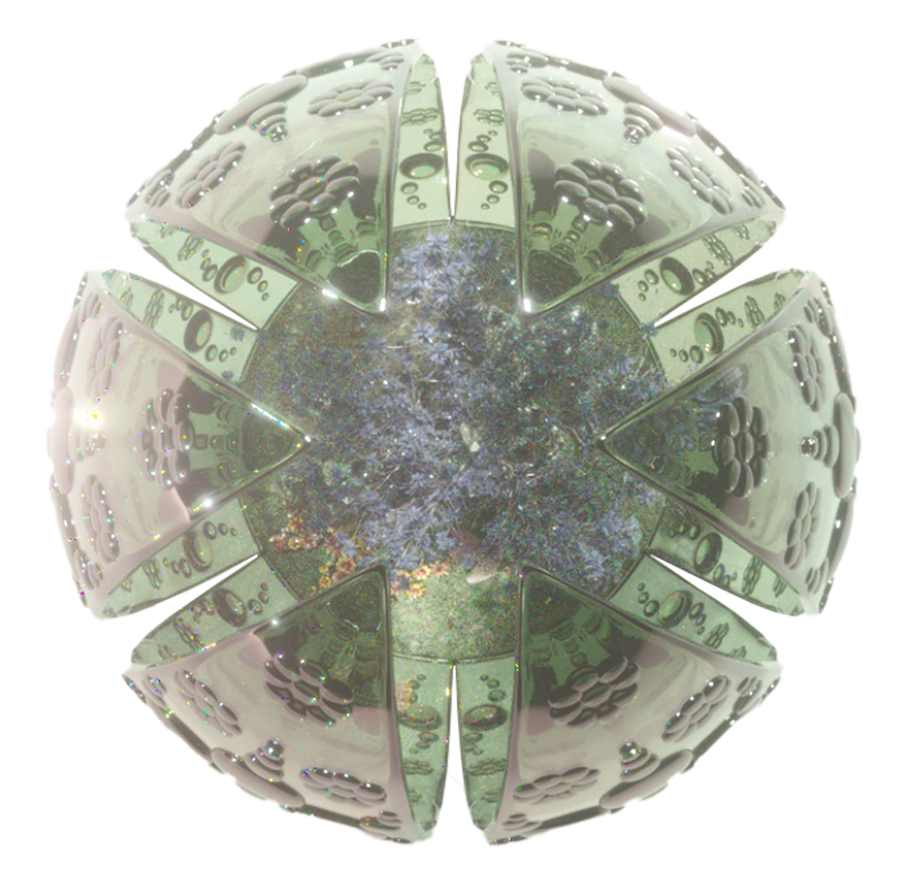
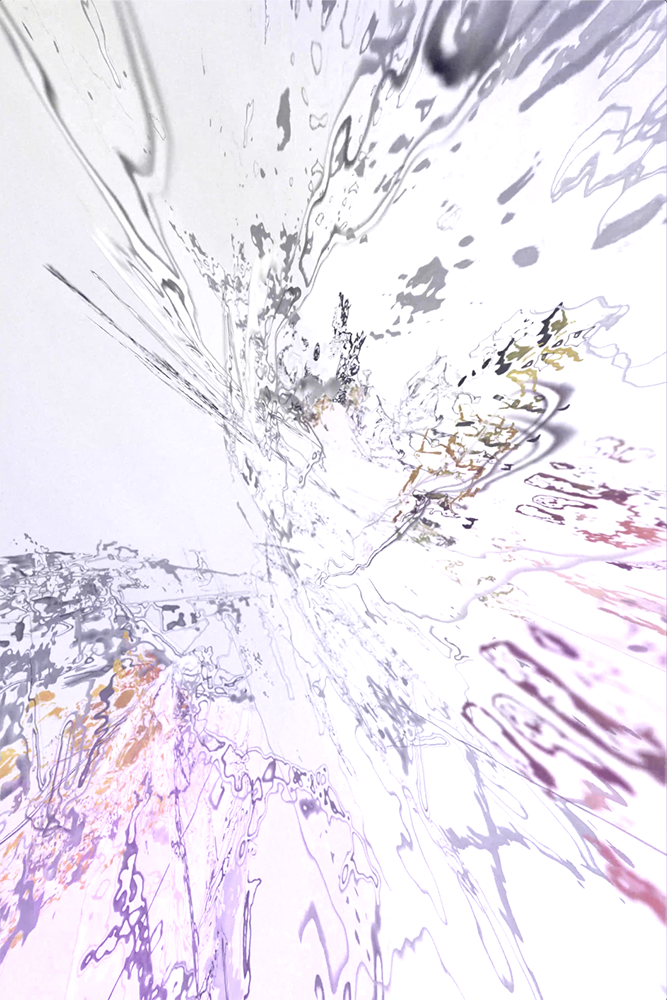
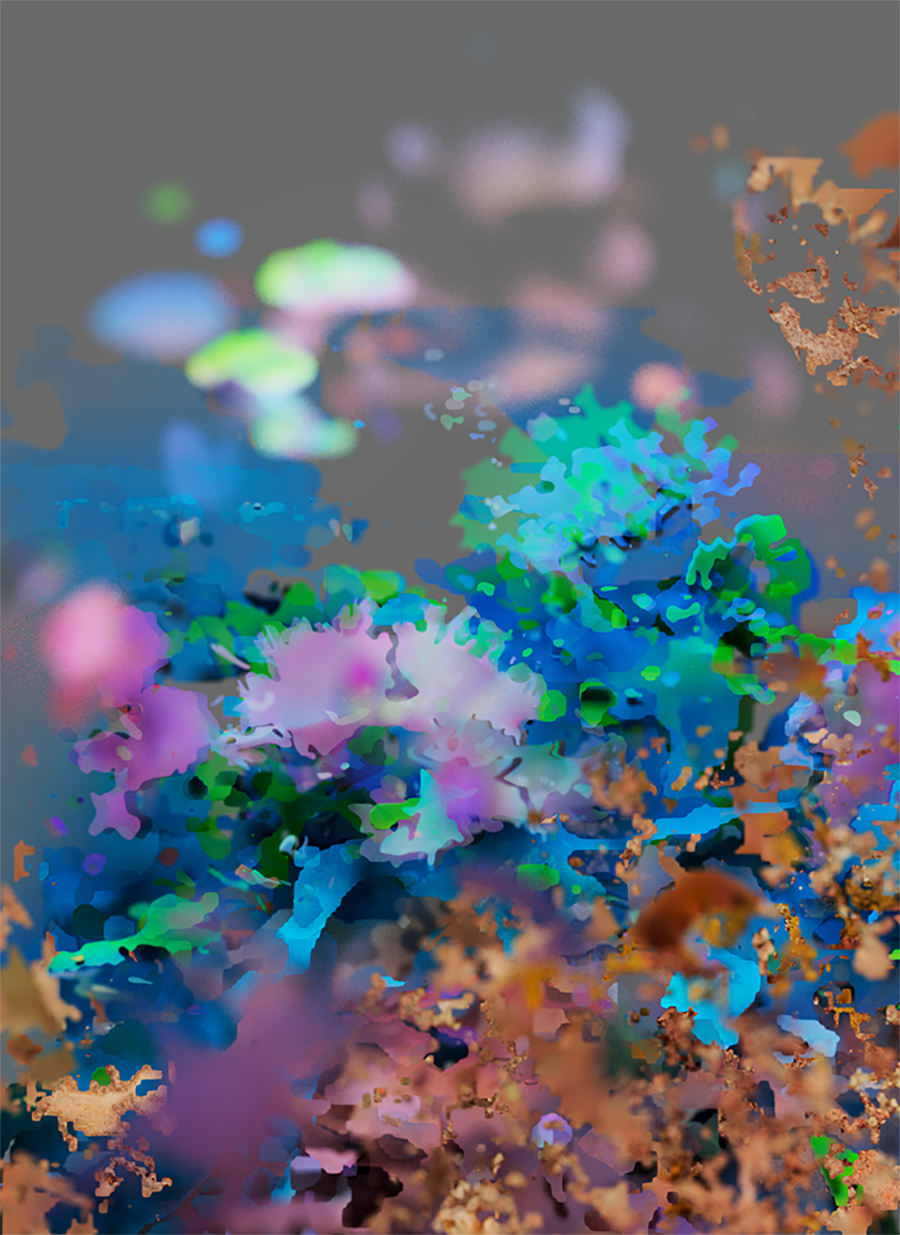
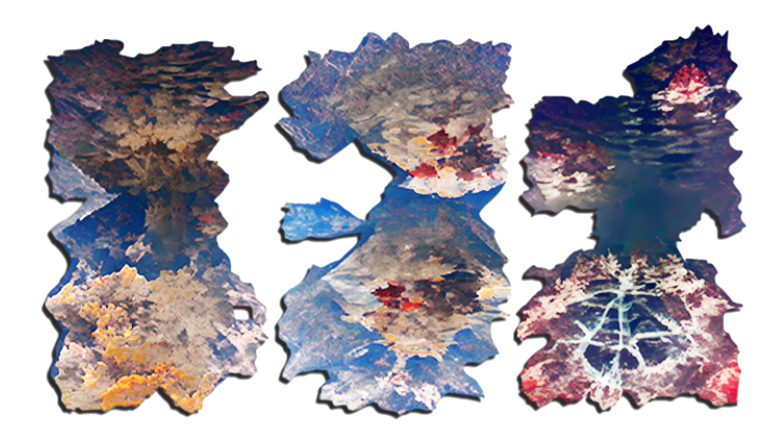
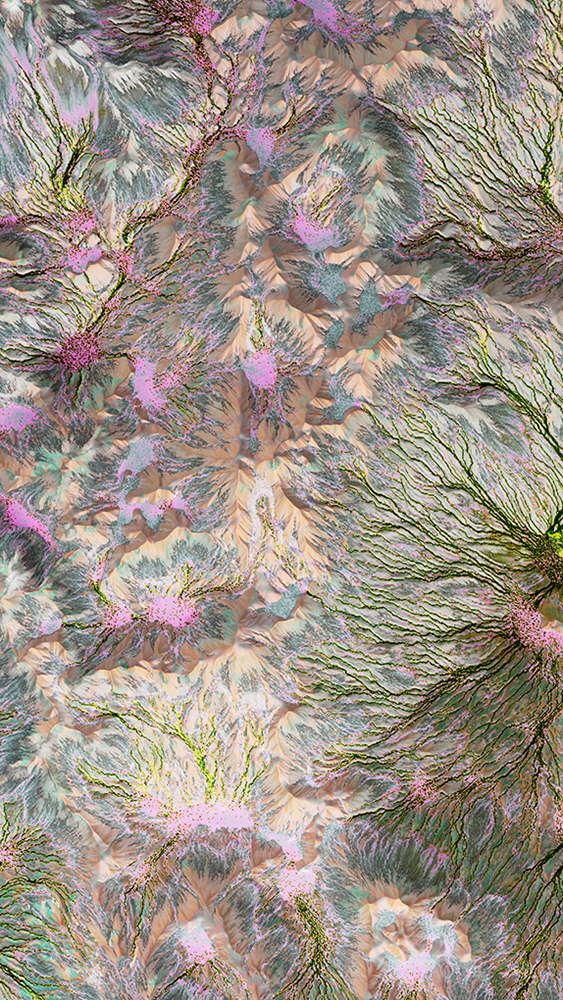
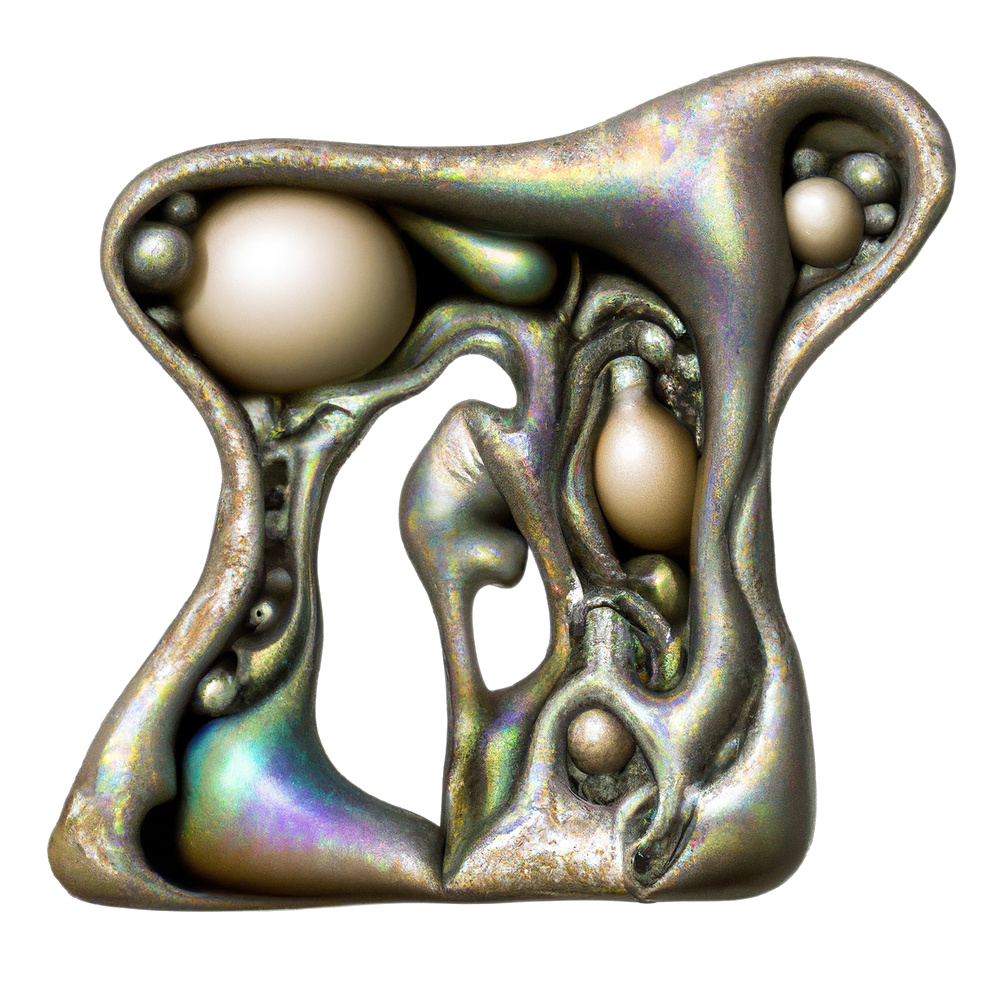

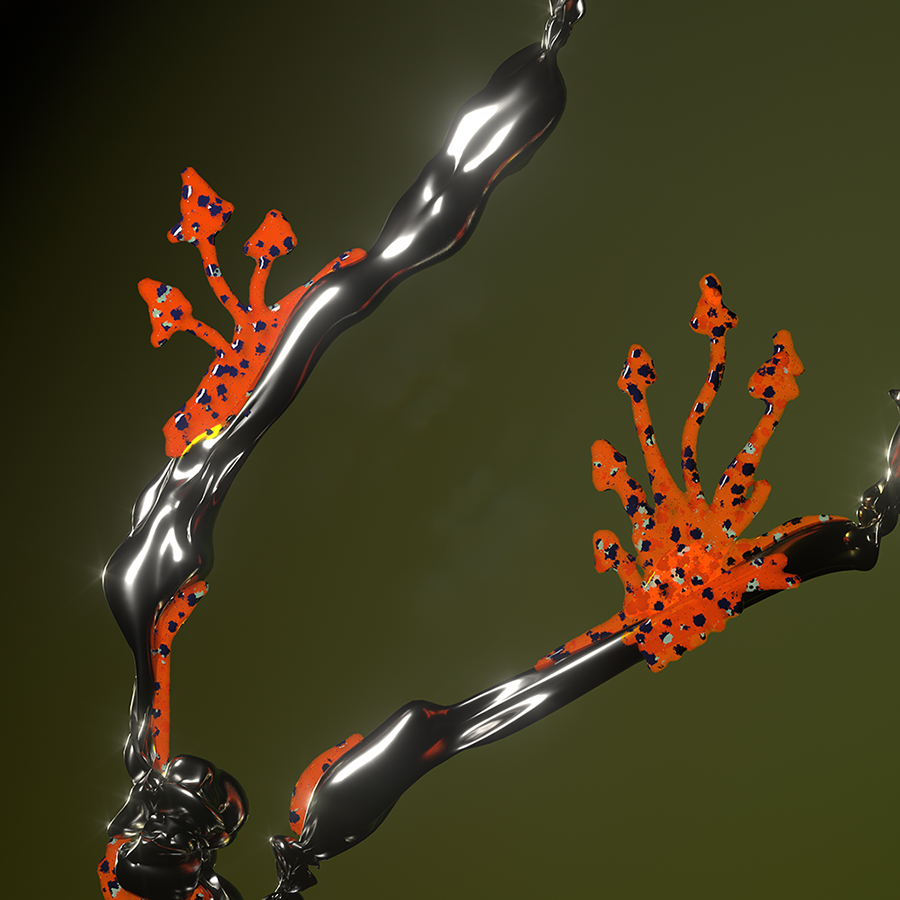
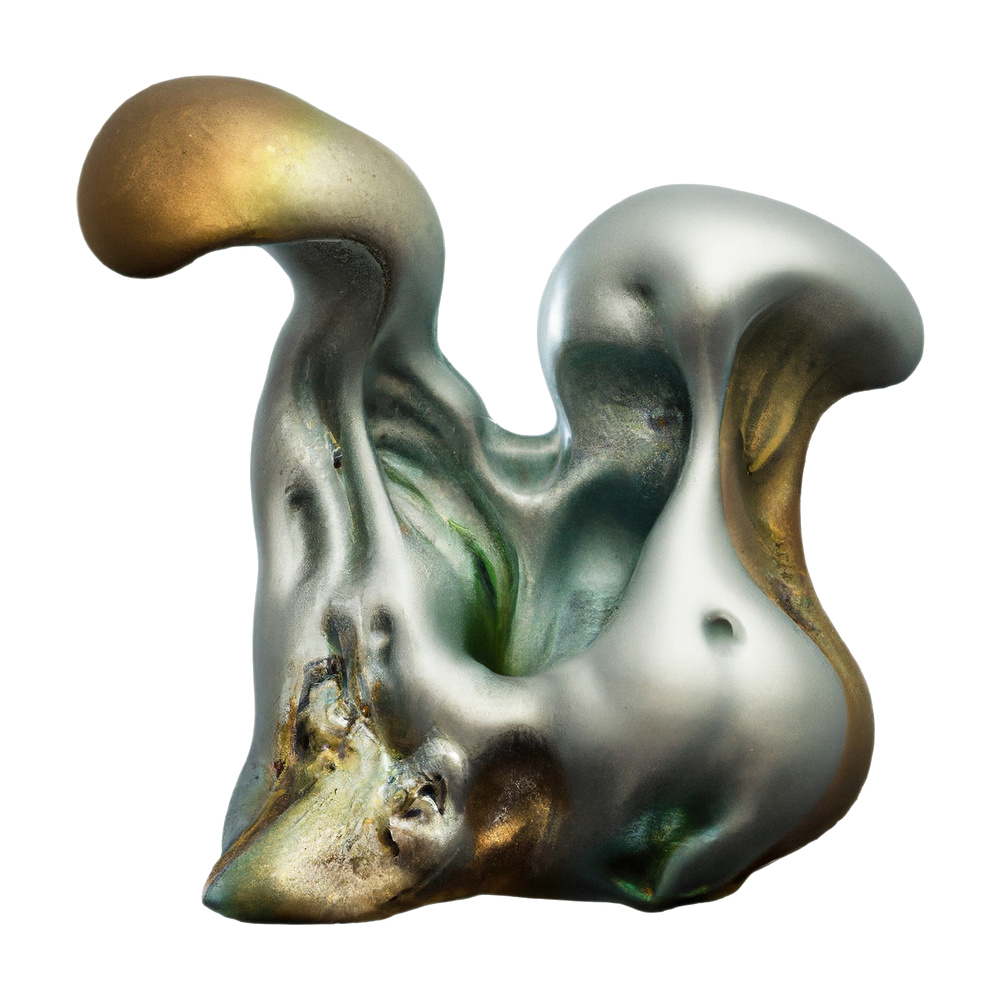
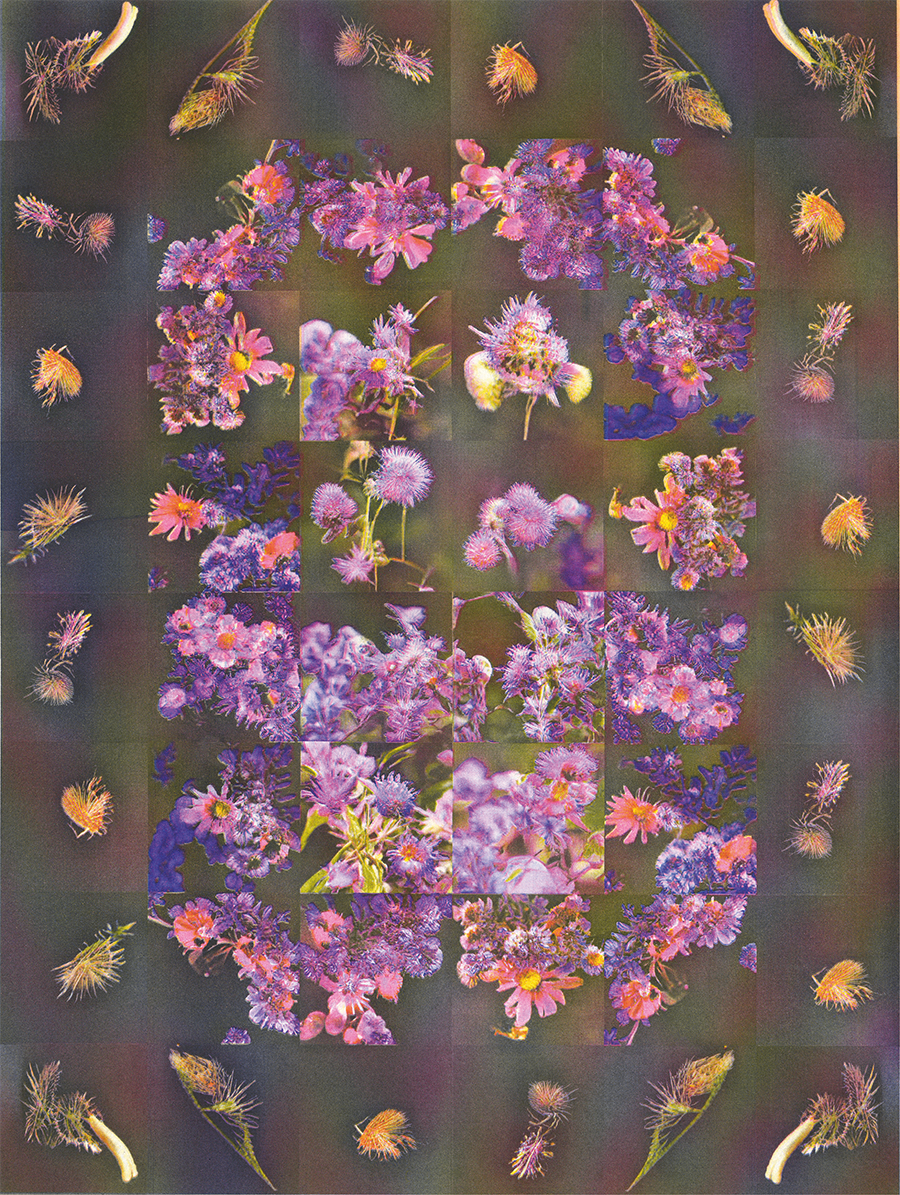
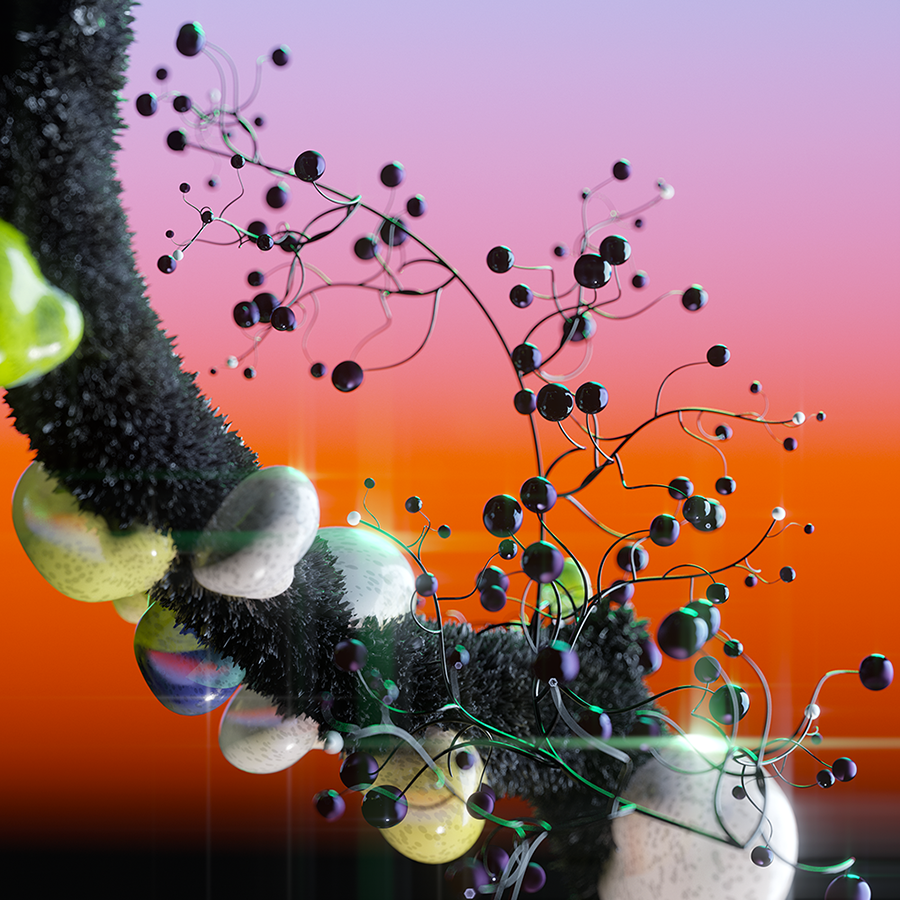
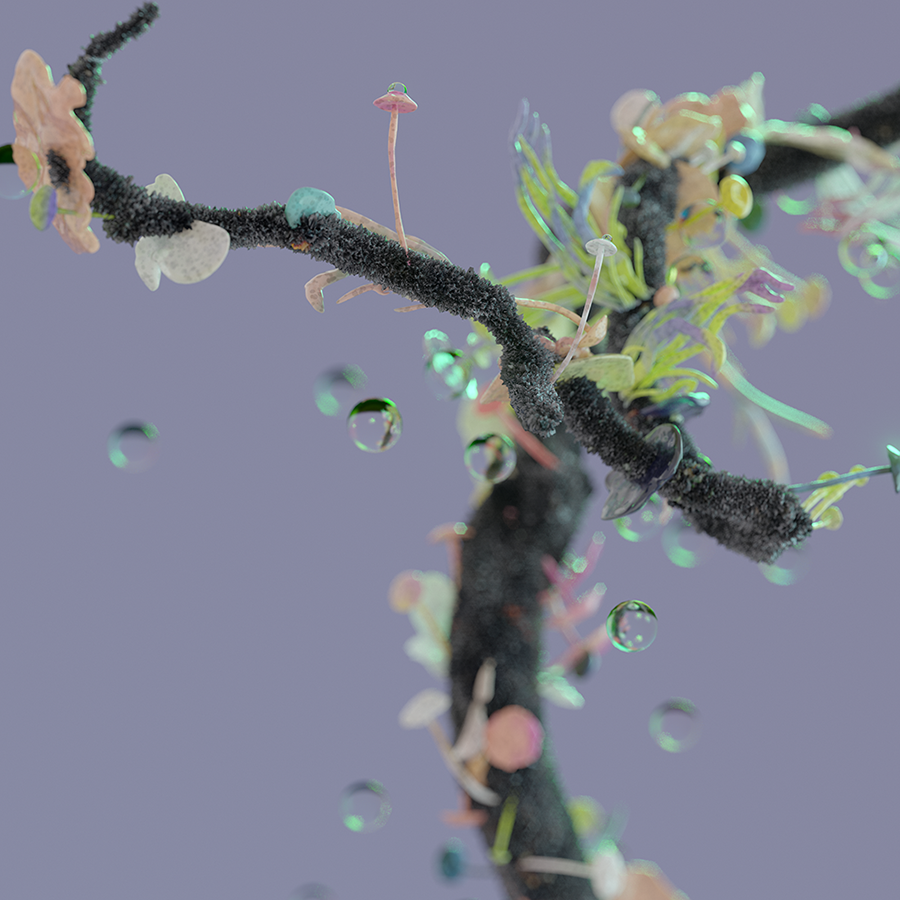
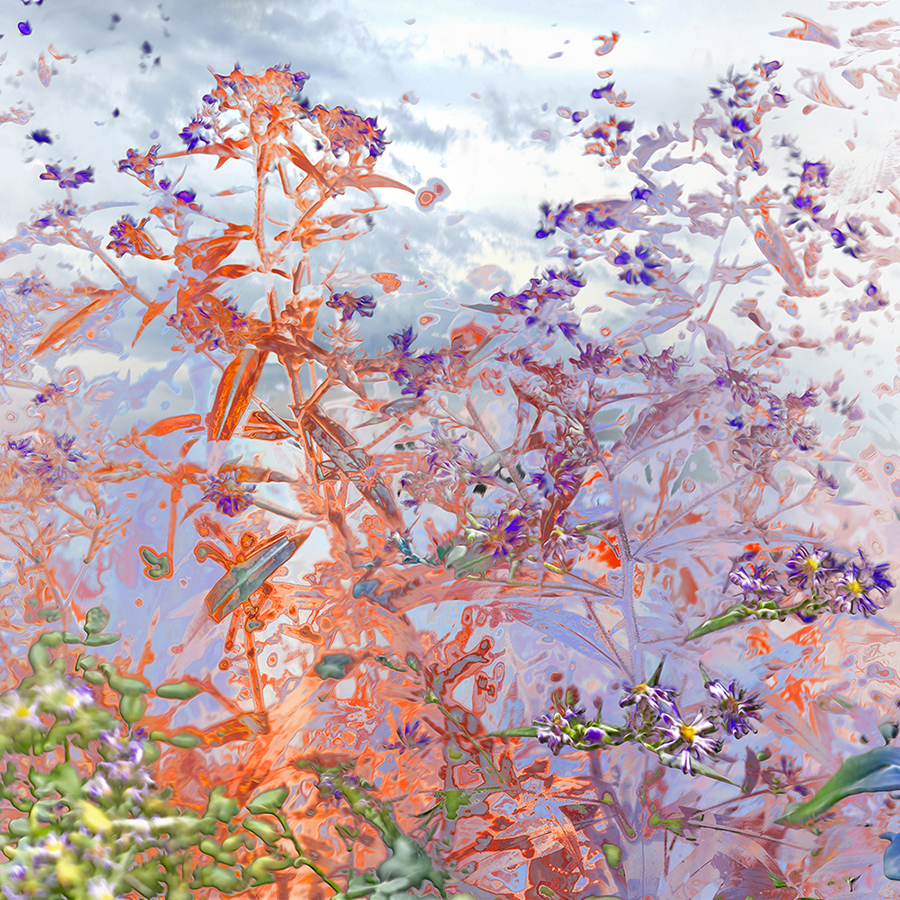
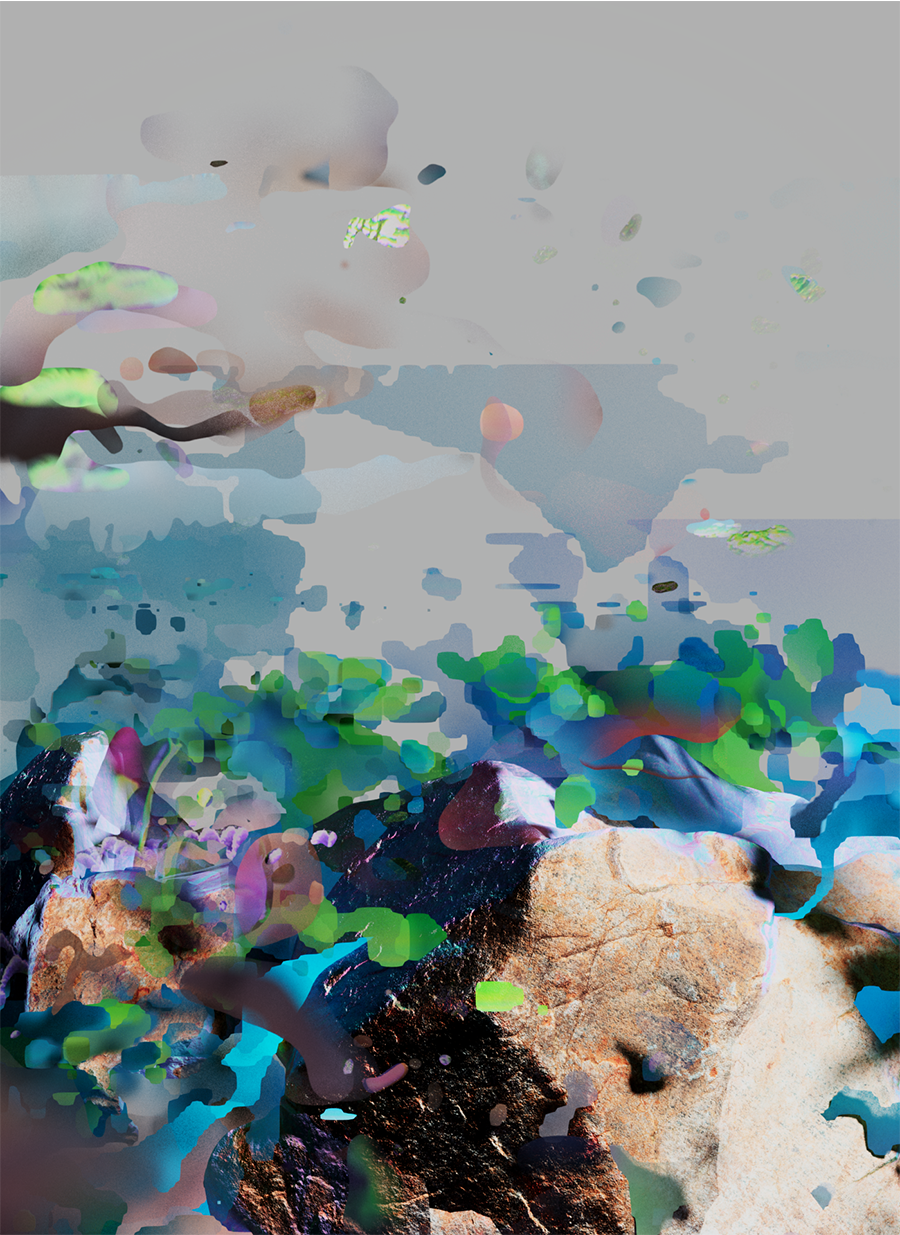
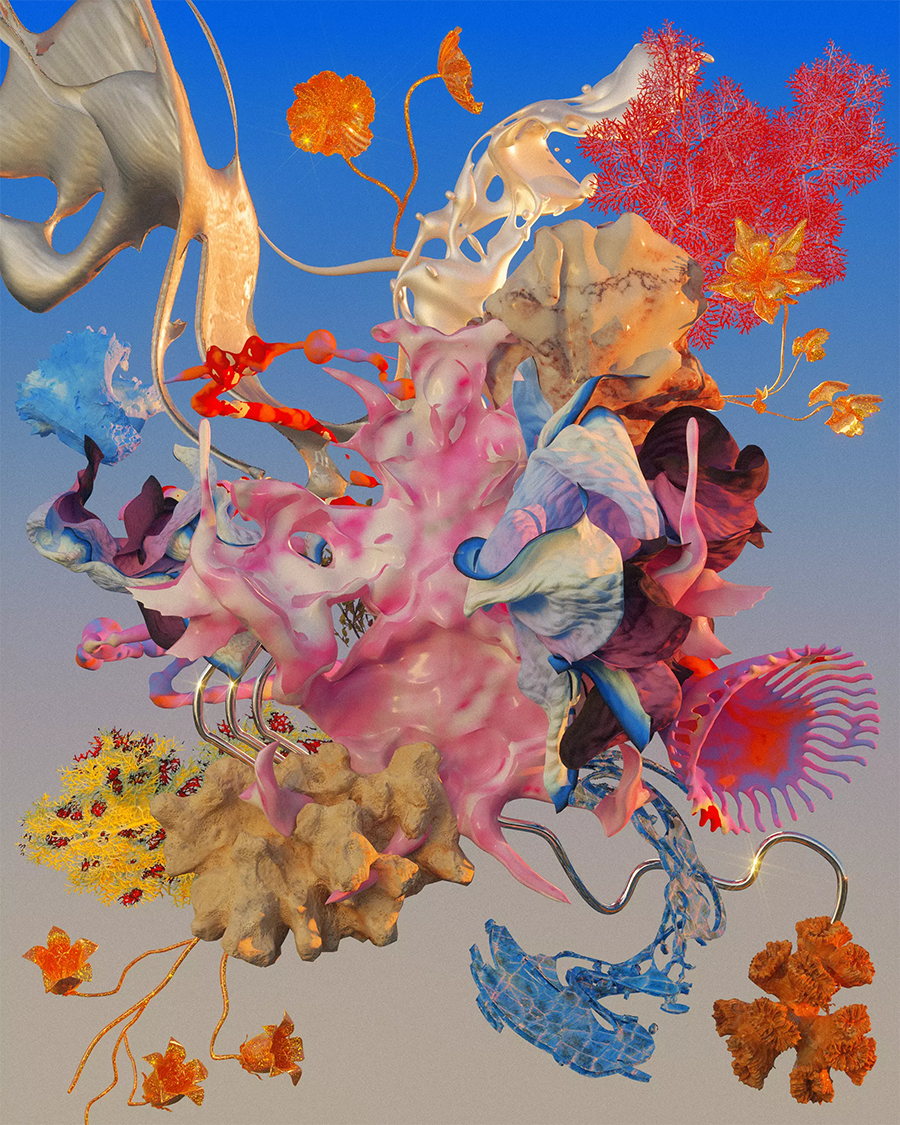
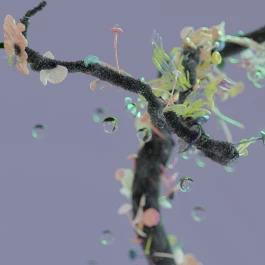
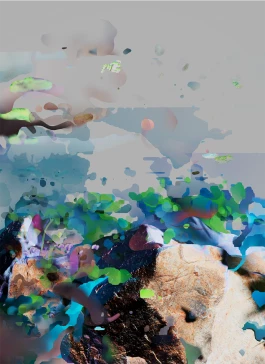
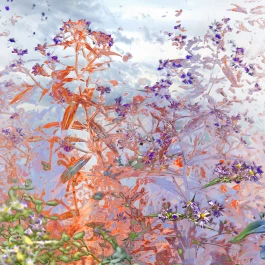
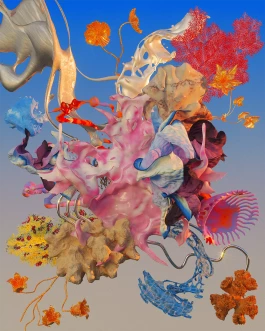
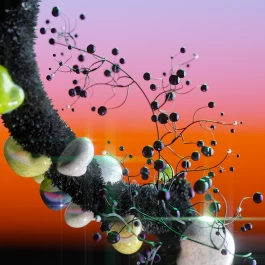
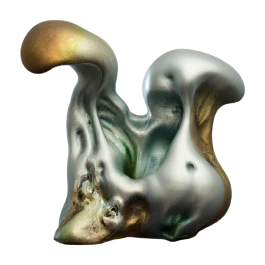
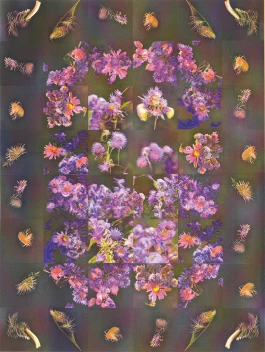
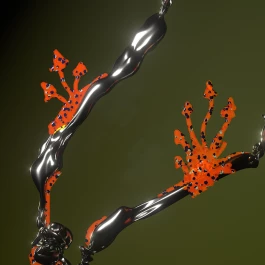
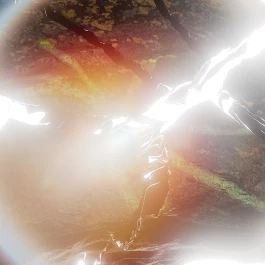
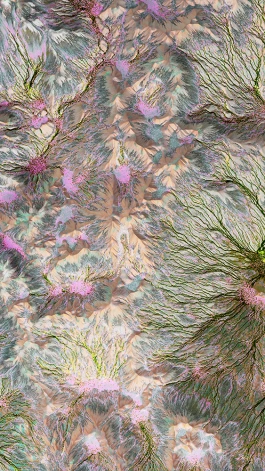
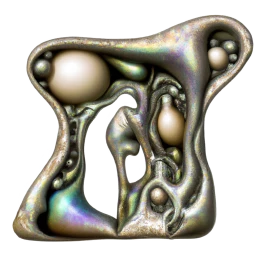
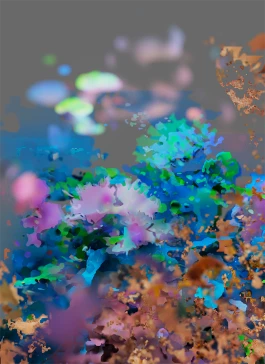
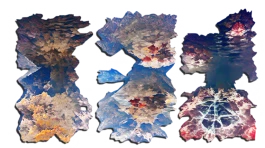
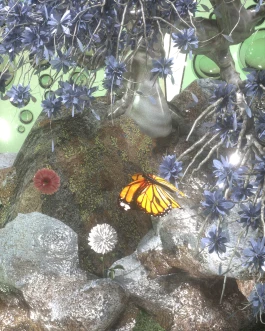
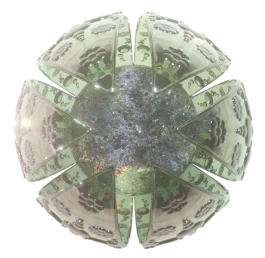
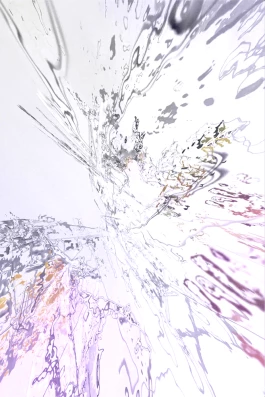
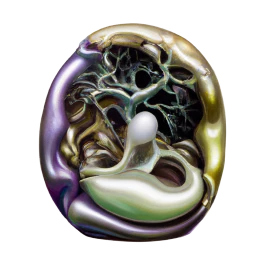
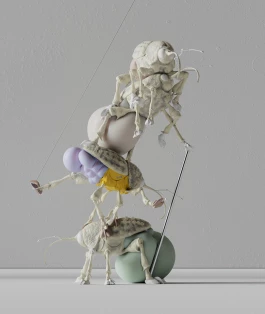
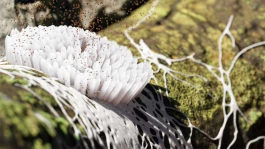
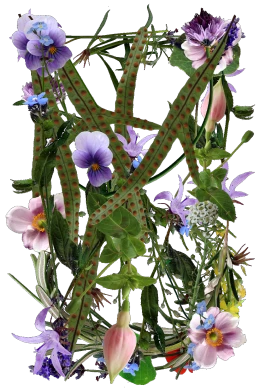
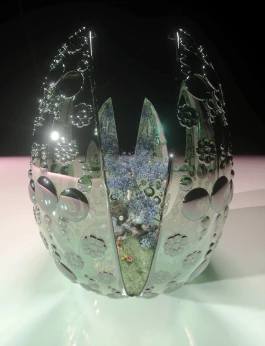
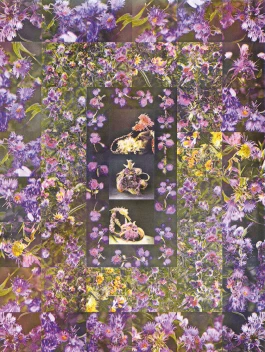
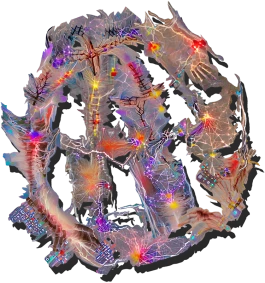
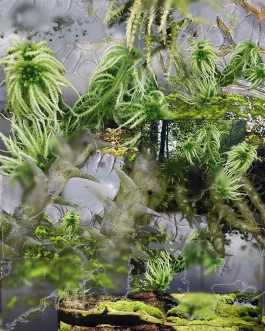
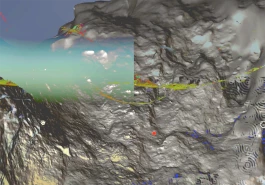
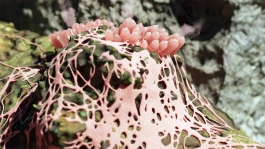
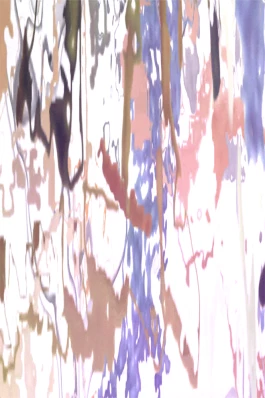
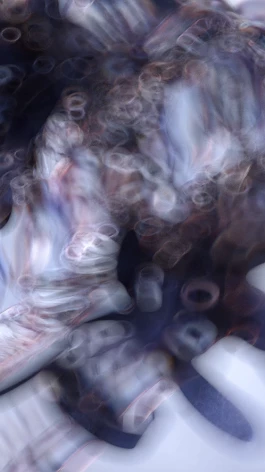
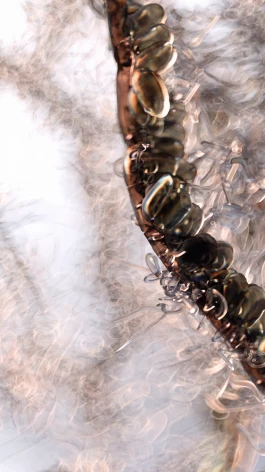
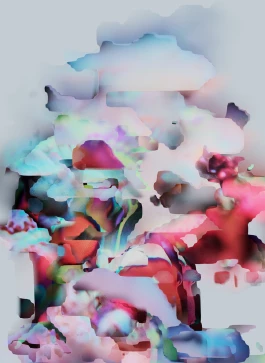
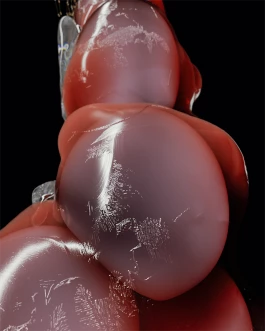
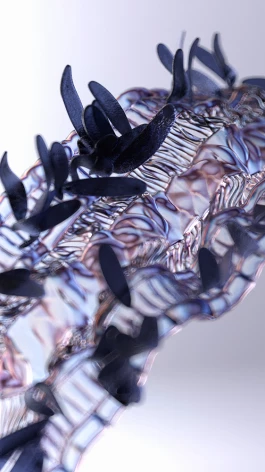
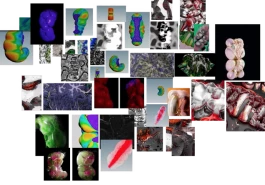
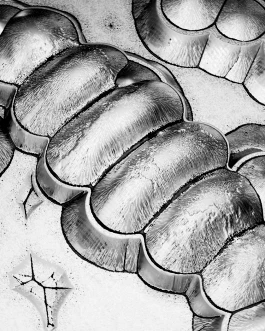
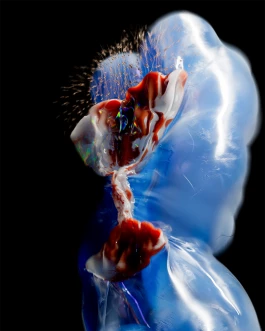
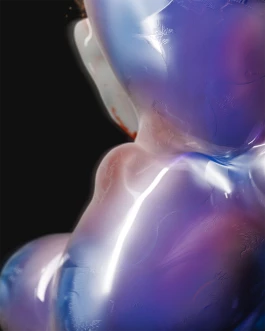
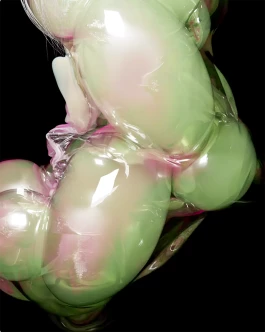
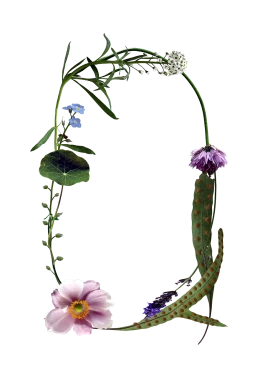
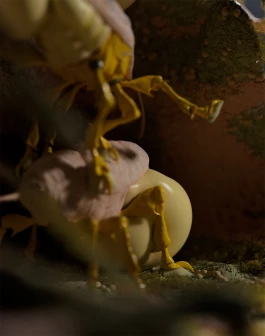
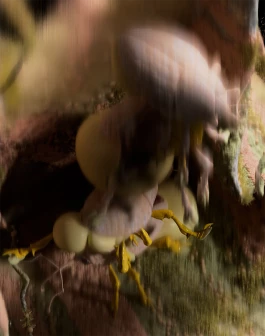
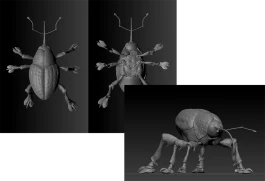
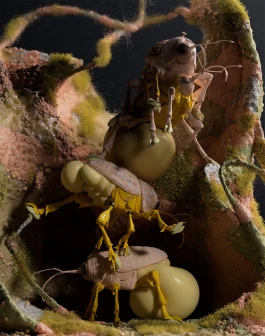
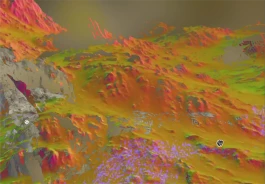
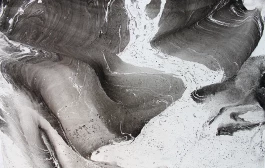
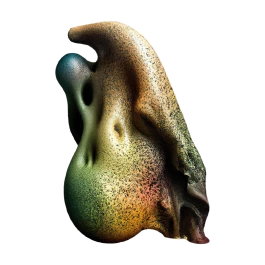
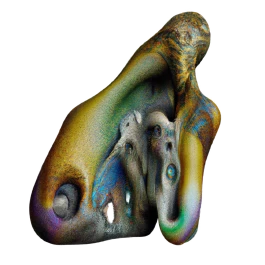
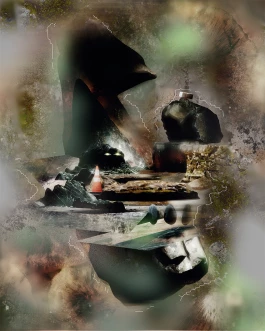
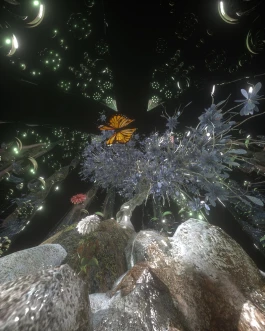
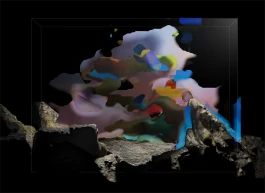
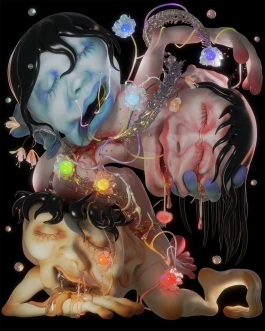
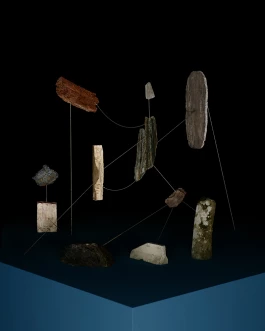
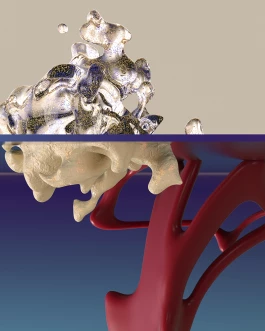
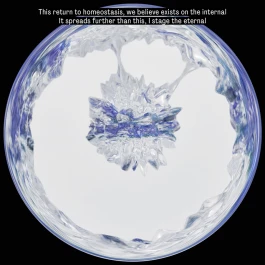
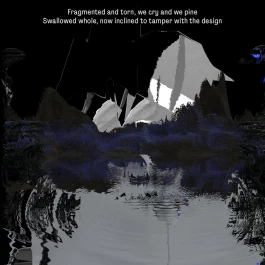
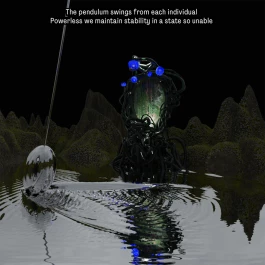
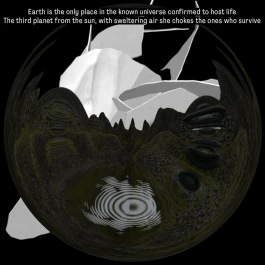
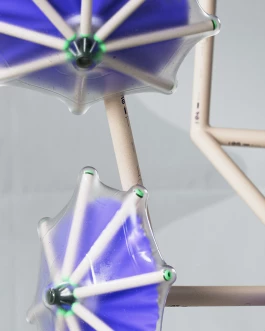
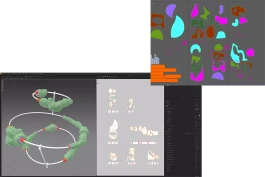
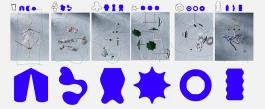
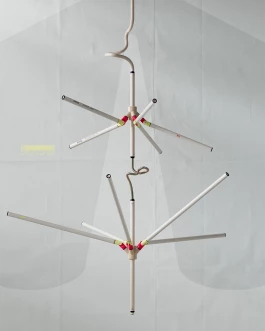
AS ABOVE, SO BELOW
Learning more about these associations changes our experience of our own bodies and the places we inhabit. ‘We’ are ecosystems that span boundaries and transgress categories. Our selves emerge from a complex tangle of relationships only now becoming known.
– Merlin Sheldrake
Only connect!
– E.M. Forster
Earlier this summer, I stayed with friends at a shack a couple of hours from the town that I grew up in. Set on a slight hill amongst scrubby bushland, the house overlooks a crescent of white sand that curves around a bay of blue. Swimming there one afternoon, we noticed that the water’s usual clarity was clouded by a pale pink mist that had floated in on the tide. That night, the waves that washed in were luminous. The mist we had seen earlier that day was Noctiluca scintillans, a microalgae that emits light when disturbed. Sometimes called sea sparkle, at night this bioluminescence makes visible relationships that are otherwise invisible—connecting swathes of single-celled organisms in whorls of blue light.
We watched as fish darted through the shallows, leaving behind them trails of light that intersected with those made by the tides and our bodies as we waded through the water. Scooping handfuls of bioluminescence from the sea, we marveled at the minute pearls of light that together slicked our skin in brightness. Later, as we walked home along the beach, the wet sand lit up beneath our feet. Tendrils of blue light spread from each footstep, branching and intersecting, creating and illuminating networks of light. Noctiluca scintillans makes echoes of even the smallest movements visible. It illuminates both connection and collision. It is a community that glows.
Nature brims with such lessons of coalescence and connection: of organisms like Noctiluca scintillans whose individual radiance is only visible en masse; of symbiotic relationships between algae and fungi that challenge the concept of autonomous individuality; of vast underground mycorrhizal networks that enable communication, exploration, scavenging, and the distribution of resources amongst plants. This edition of Taupe began with ideas of how such networks and interactions, often invisible to our eyes but infinitely important, might provide a template for creative encounters, community, and care within the digital realm. Our starting point was “As above, so below”, a verse drawn from the Emerald Tablet, a mythological script that ancient alchemists believed held the secrets to the universe. It implies a reflection of actions between Above and Below, and the necessity of balance for the flourishing of both realms. If underground networks ensure the health of our forests above ground, how might digital connections be used to provide care in the physical world? If together, microalgae can delineate the ocean’s movement in waves of light, what kind of illumination might be possible through a decentralized digital community?
Taupe began as a process of collaboration. Our early ideas about color, art, science, words, and the world connected and intersected through writing, conversation, and visualization. As Above, So Below draws upon this foundation to walk the platform in a new, but familiar, direction. Together with other minds, we have constructed a visual network that depicts the process, outcome, and potential of connection and collaboration; a network where boundaries are blurred, and edges are porous. Creativity is an ecosystem; no idea exists in isolation.
Rosie Flanagan is a Berlin-based writer and editor.
AS ABOVE, SO BELOW
Learning more about these associations changes our experience of our own bodies and the places we inhabit. ‘We’ are ecosystems that span boundaries and transgress categories. Our selves emerge from a complex tangle of relationships only now becoming known.
– Merlin Sheldrake
Only connect!
– E.M. Forster
Earlier this summer, I stayed with friends at a shack a couple of hours from the town that I grew up in. Set on a slight hill amongst scrubby bushland, the house overlooks a crescent of white sand that curves around a bay of blue. Swimming there one afternoon, we noticed that the water’s usual clarity was clouded by a pale pink mist that had floated in on the tide. That night, the waves that washed in were luminous. The mist we had seen earlier that day was Noctiluca scintillans, a microalgae that emits light when disturbed. Sometimes called sea sparkle, at night this bioluminescence makes visible relationships that are otherwise invisible—connecting swathes of single-celled organisms in whorls of blue light.
We watched as fish darted through the shallows, leaving behind them trails of light that intersected with those made by the tides and our bodies as we waded through the water. Scooping handfuls of bioluminescence from the sea, we marveled at the minute pearls of light that together slicked our skin in brightness. Later, as we walked home along the beach, the wet sand lit up beneath our feet. Tendrils of blue light spread from each footstep, branching and intersecting, creating and illuminating networks of light. Noctiluca scintillans makes echoes of even the smallest movements visible. It illuminates both connection and collision. It is a community that glows.
Nature brims with such lessons of coalescence and connection: of organisms like Noctiluca scintillans whose individual radiance is only visible en masse; of symbiotic relationships between algae and fungi that challenge the concept of autonomous individuality; of vast underground mycorrhizal networks that enable communication, exploration, scavenging, and the distribution of resources amongst plants. This edition of Taupe began with ideas of how such networks and interactions, often invisible to our eyes but infinitely important, might provide a template for creative encounters, community, and care within the digital realm. Our starting point was “As above, so below”, a verse drawn from the Emerald Tablet, a mythological script that ancient alchemists believed held the secrets to the universe. It implies a reflection of actions between Above and Below, and the necessity of balance for the flourishing of both realms. If underground networks ensure the health of our forests above ground, how might digital connections be used to provide care in the physical world? If together, microalgae can delineate the ocean’s movement in waves of light, what kind of illumination might be possible through a decentralized digital community?
Taupe began as a process of collaboration. Our early ideas about color, art, science, words, and the world connected and intersected through writing, conversation, and visualization. As Above, So Below draws upon this foundation to walk the platform in a new, but familiar, direction. Together with other minds, we have constructed a visual network that depicts the process, outcome, and potential of connection and collaboration; a network where boundaries are blurred, and edges are porous. Creativity is an ecosystem; no idea exists in isolation.
Rosie Flanagan is a Berlin-based writer and editor.